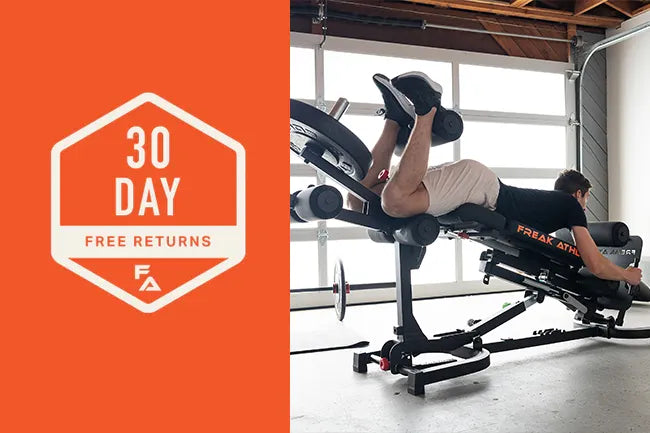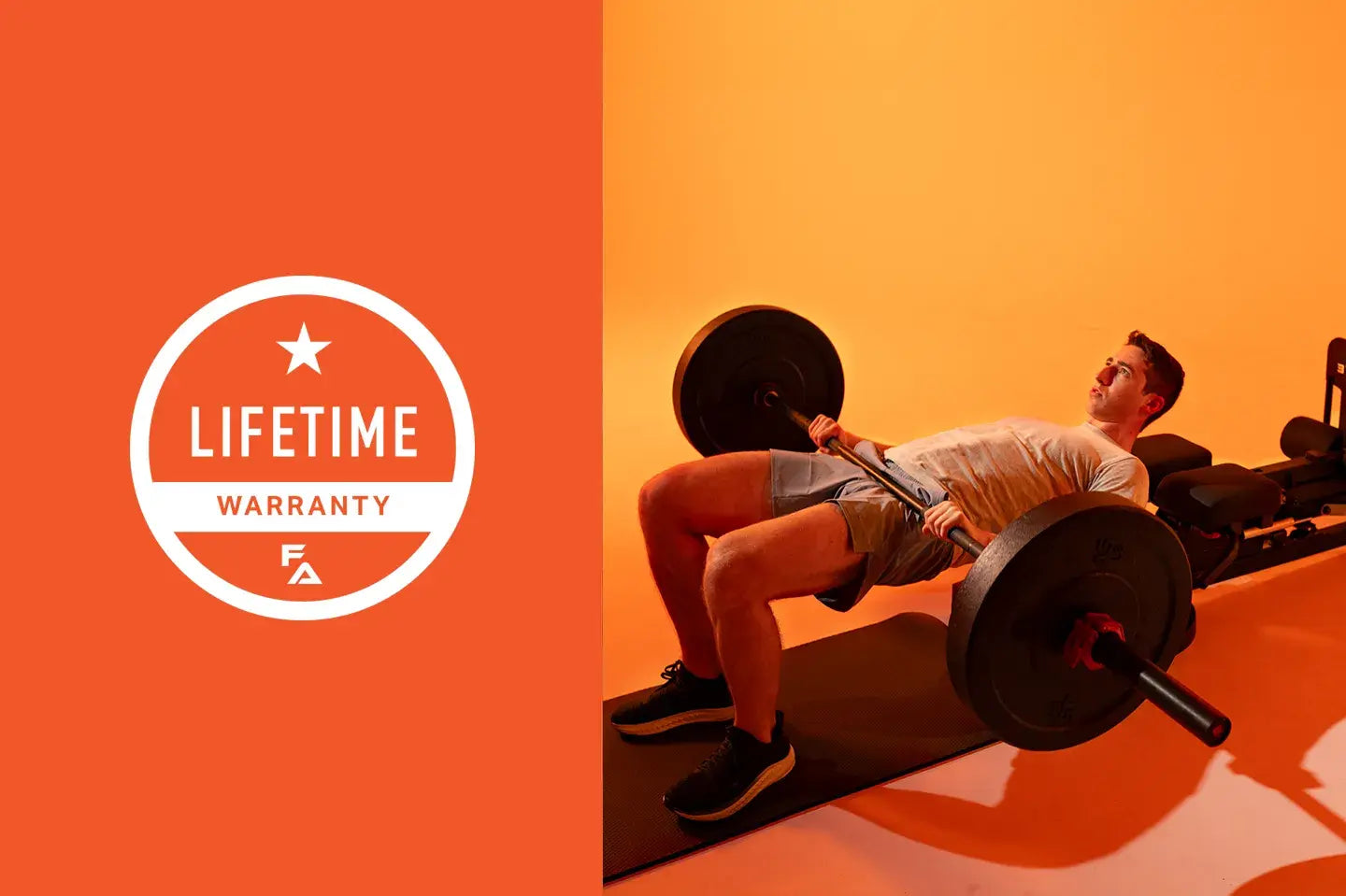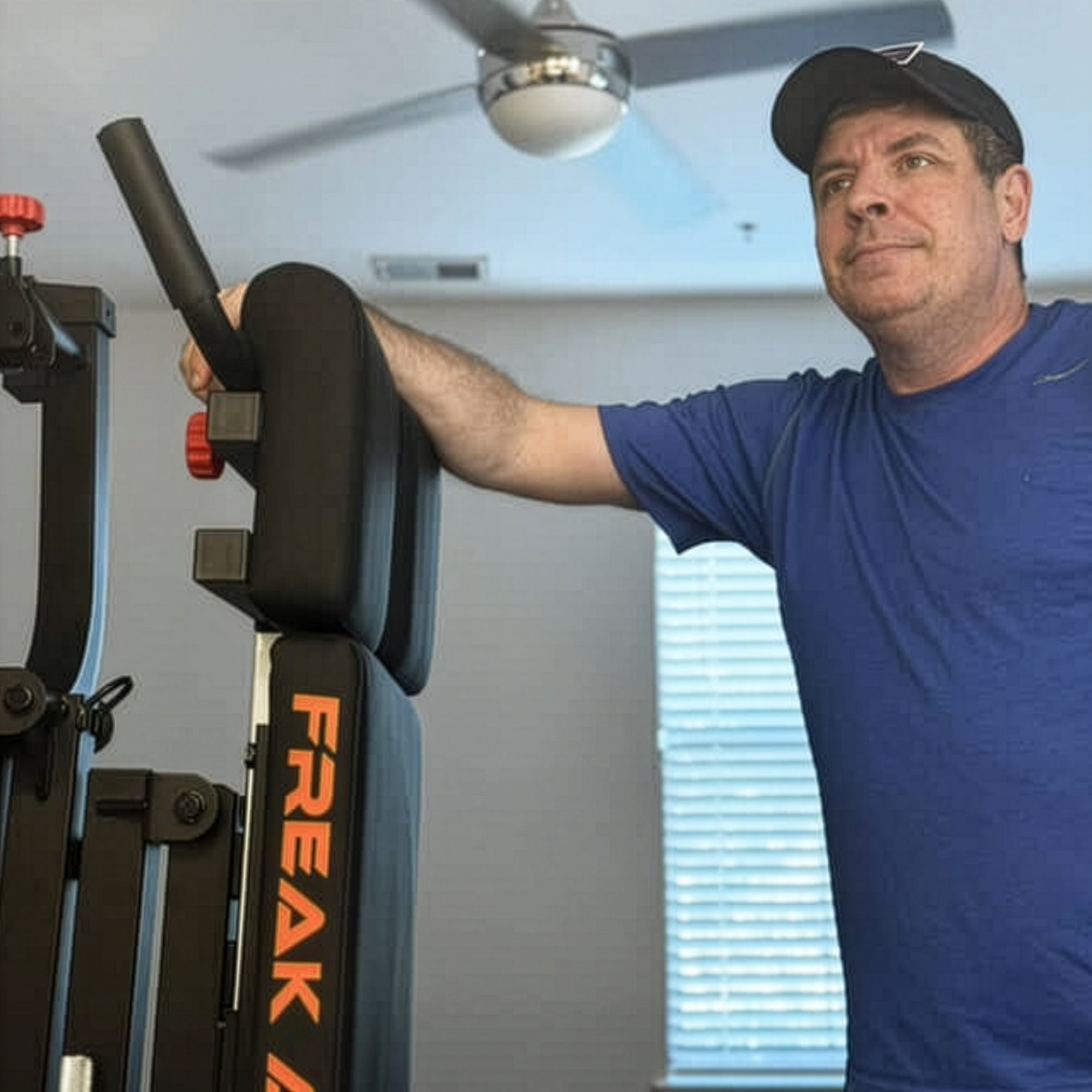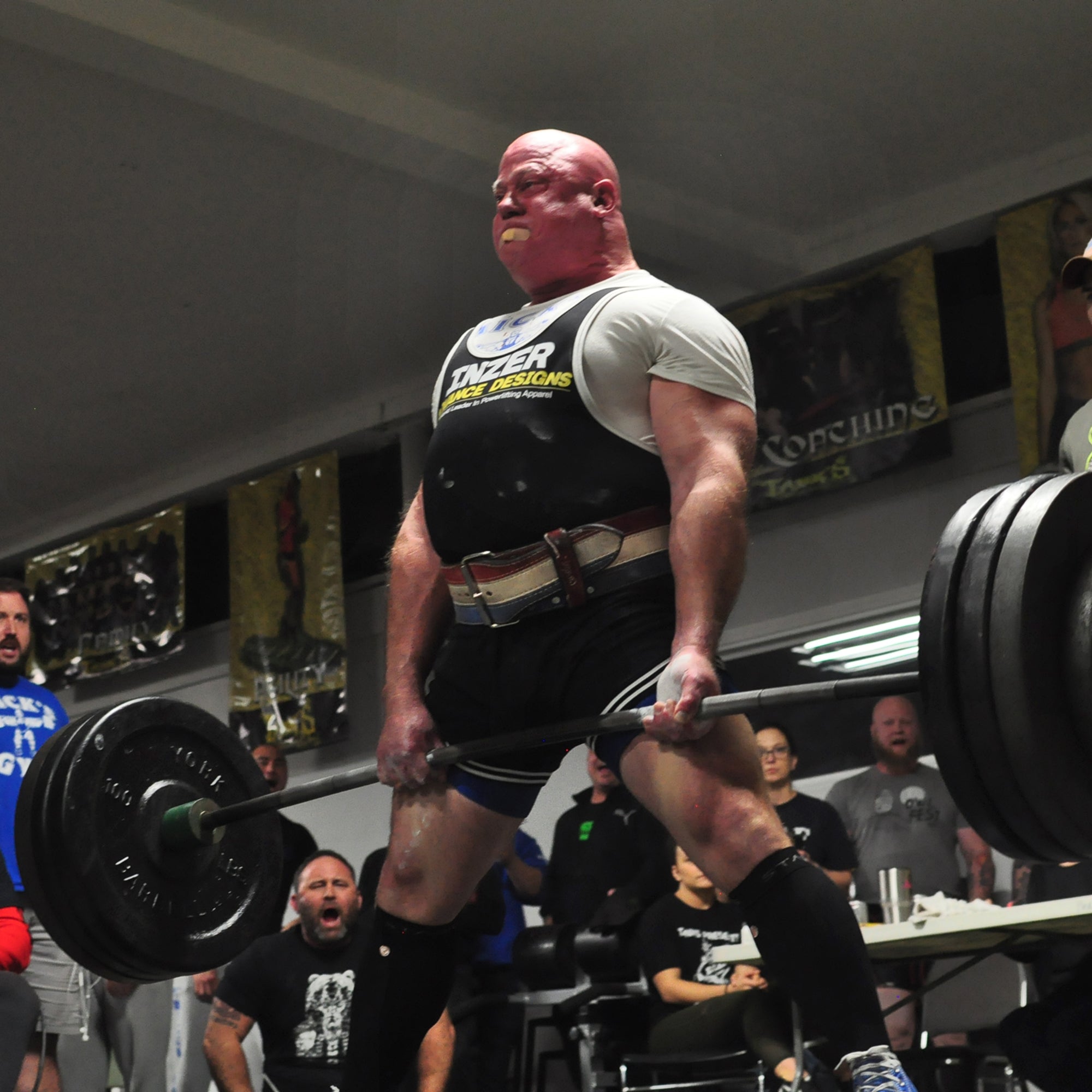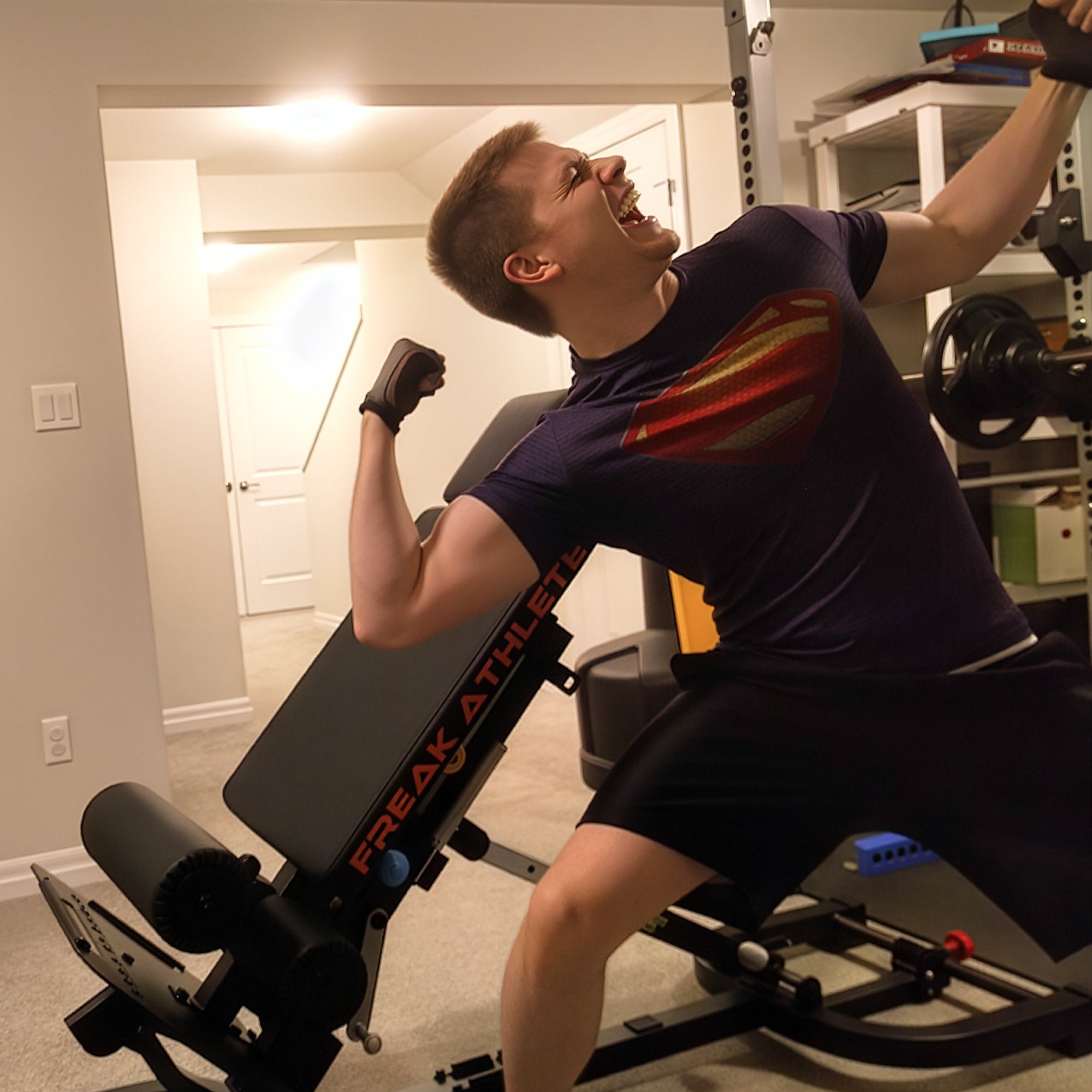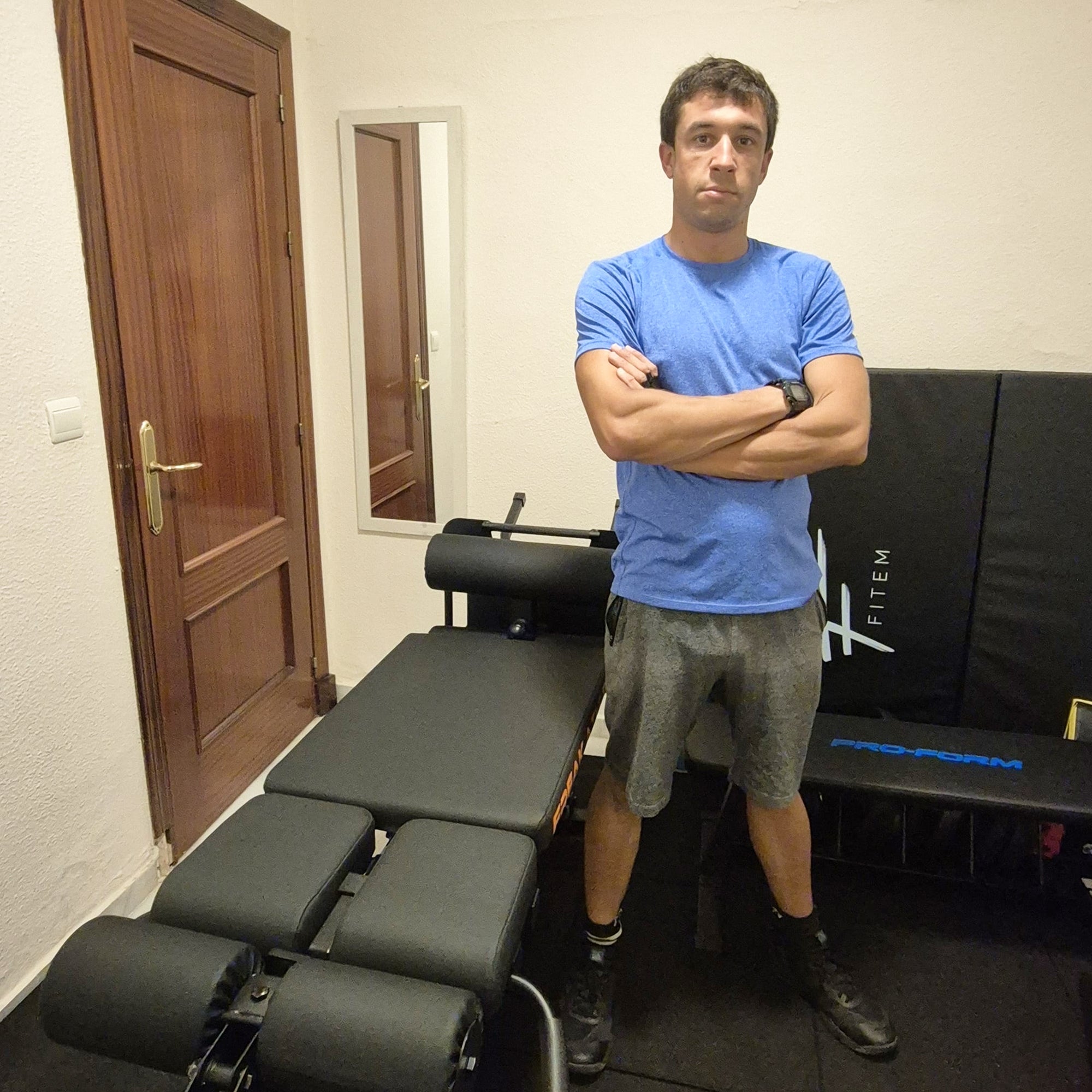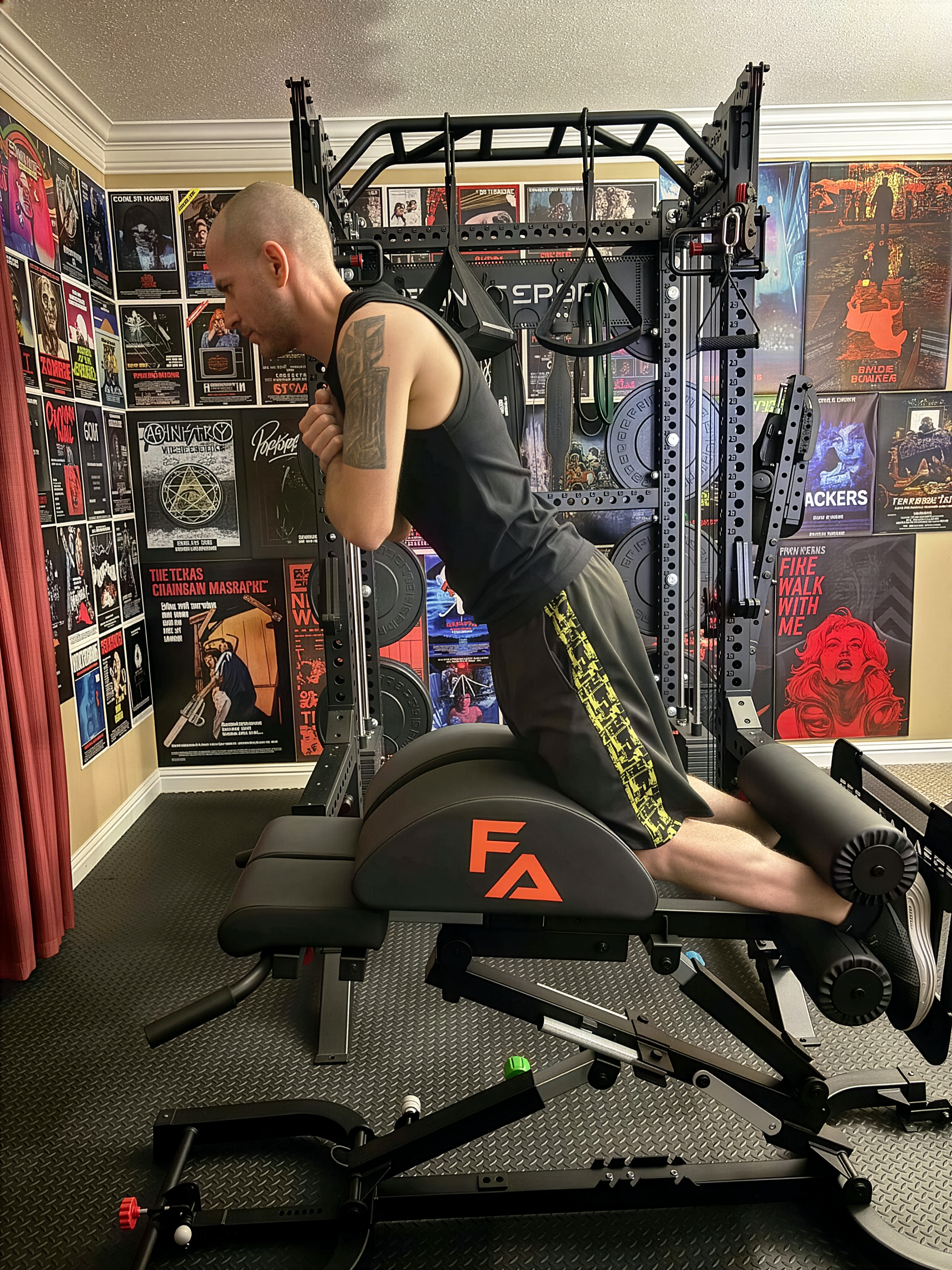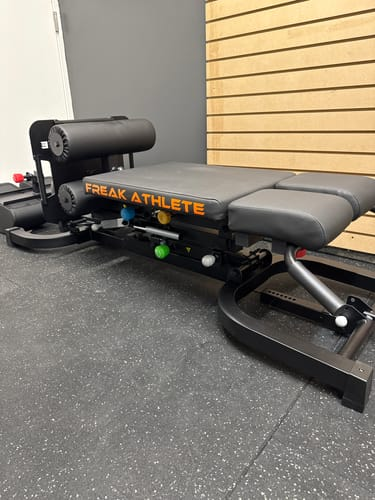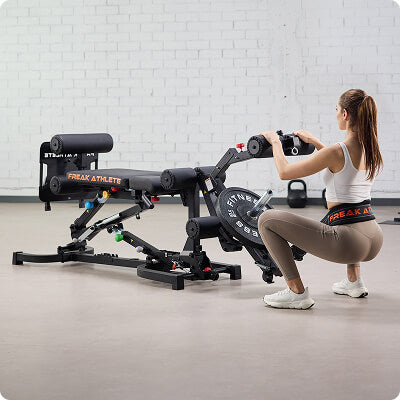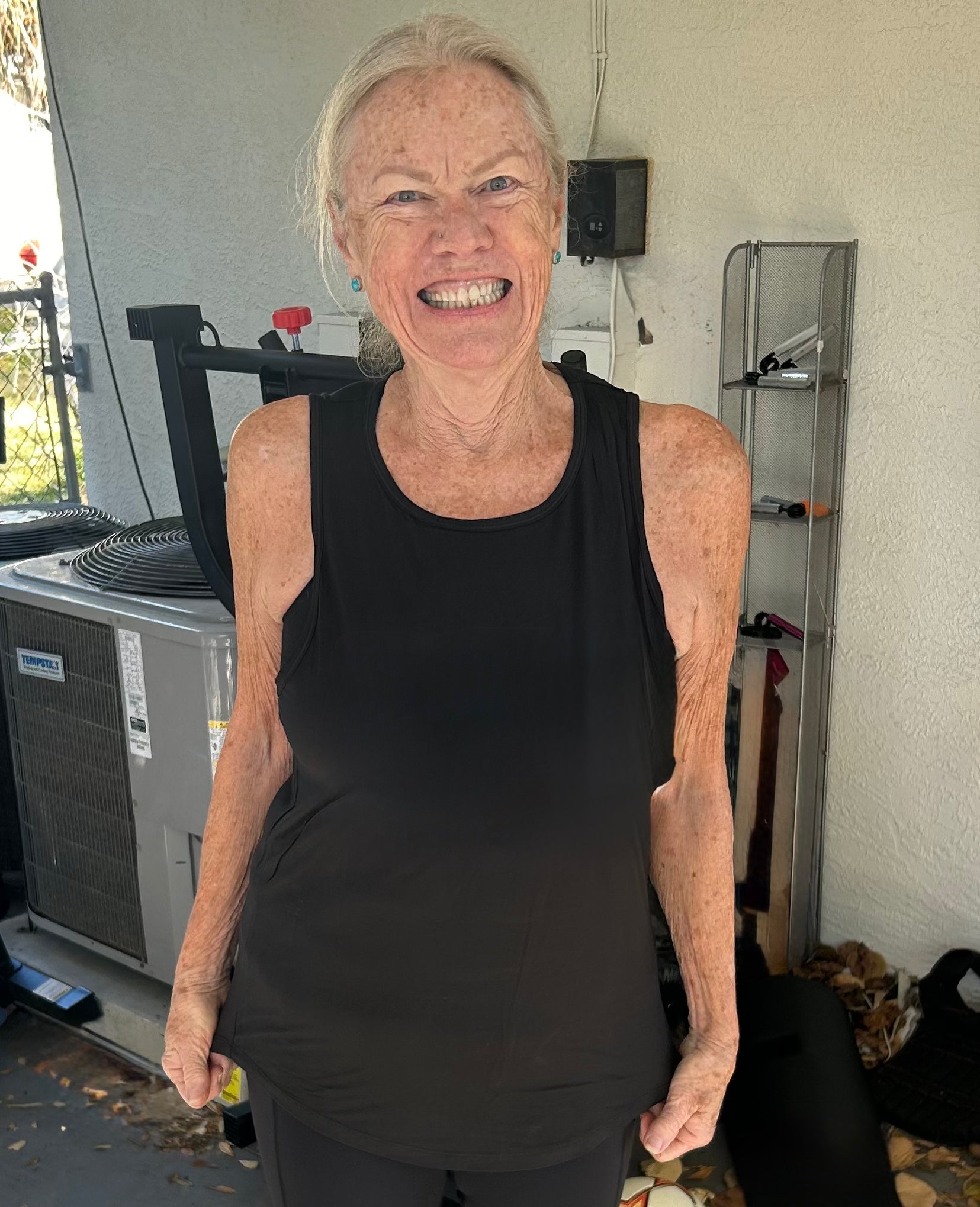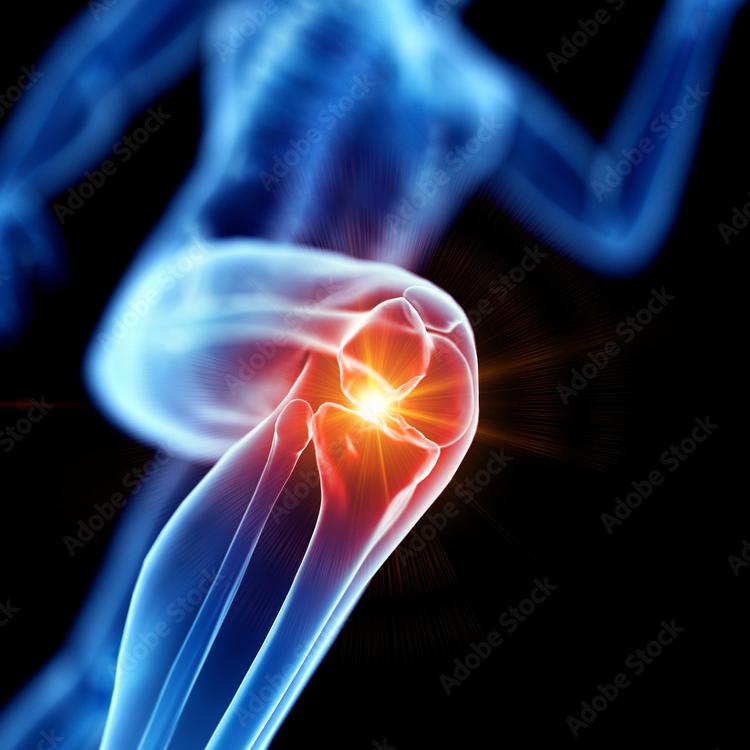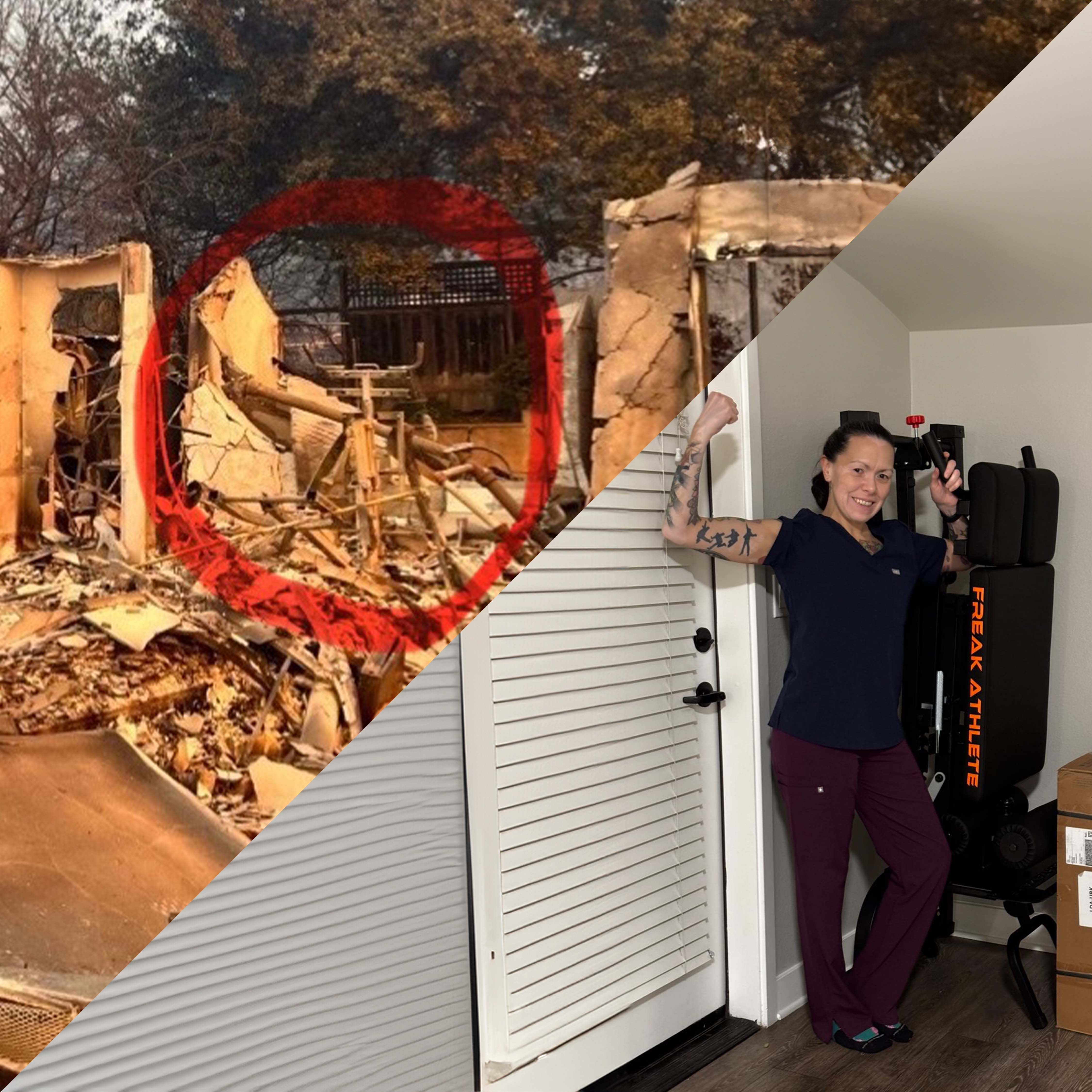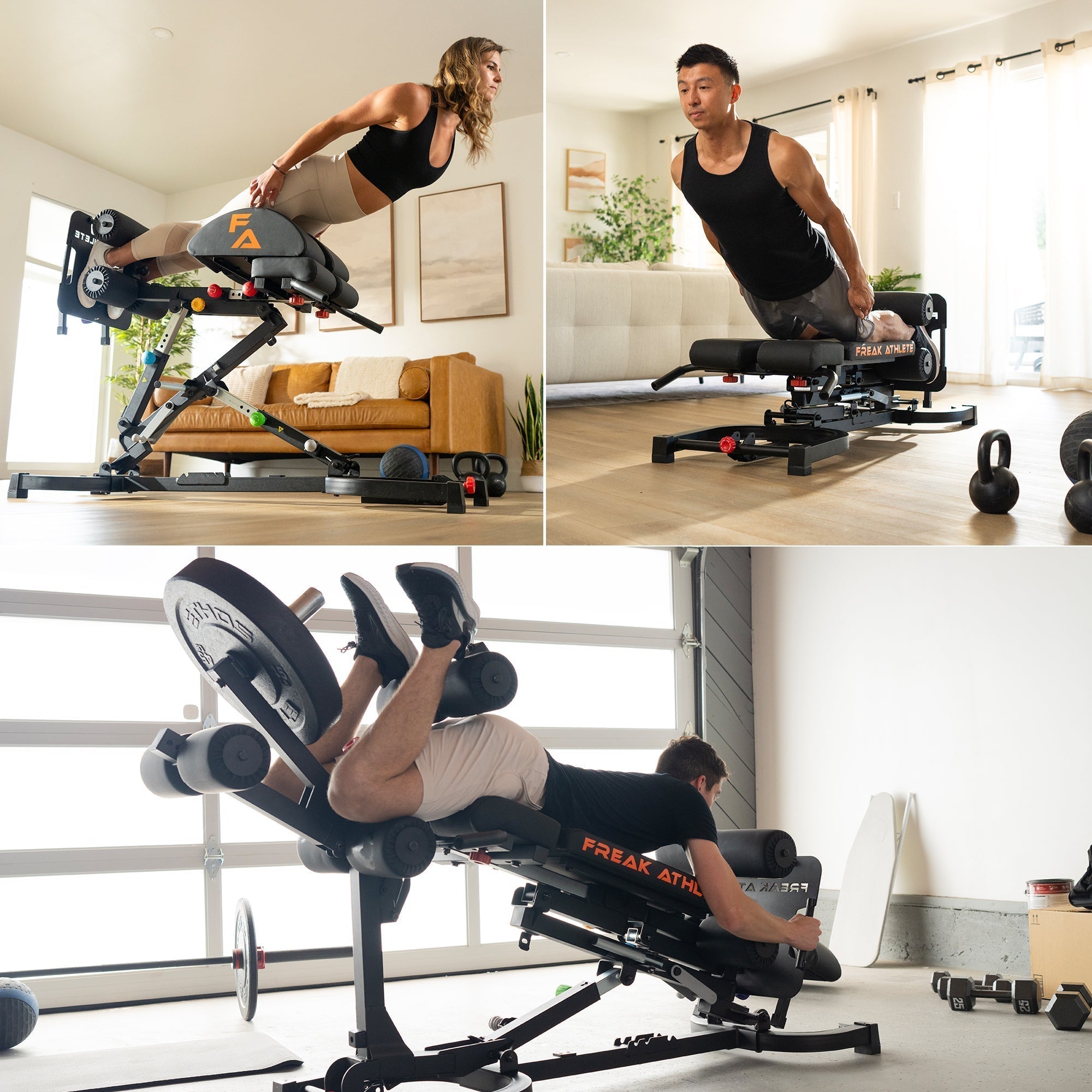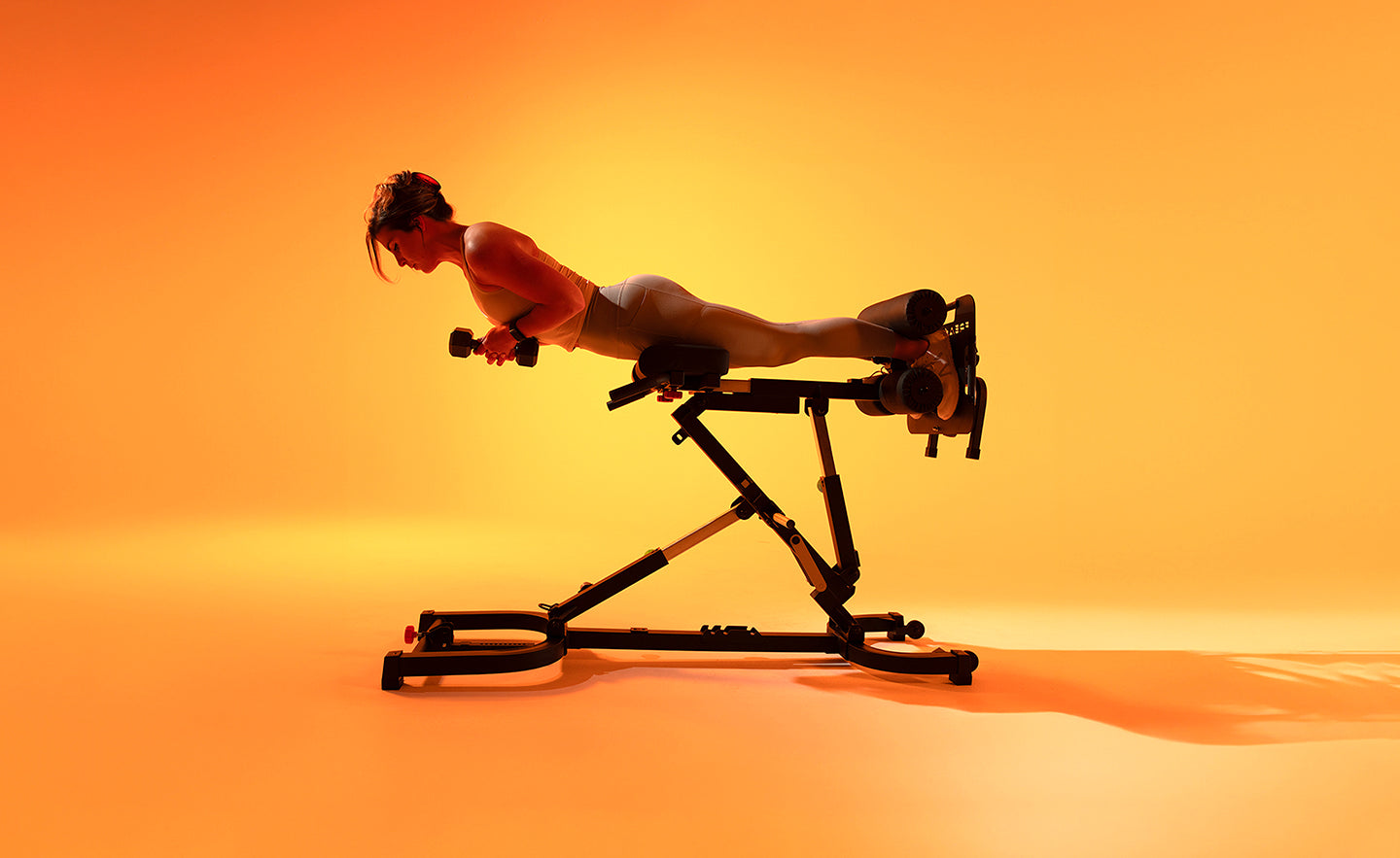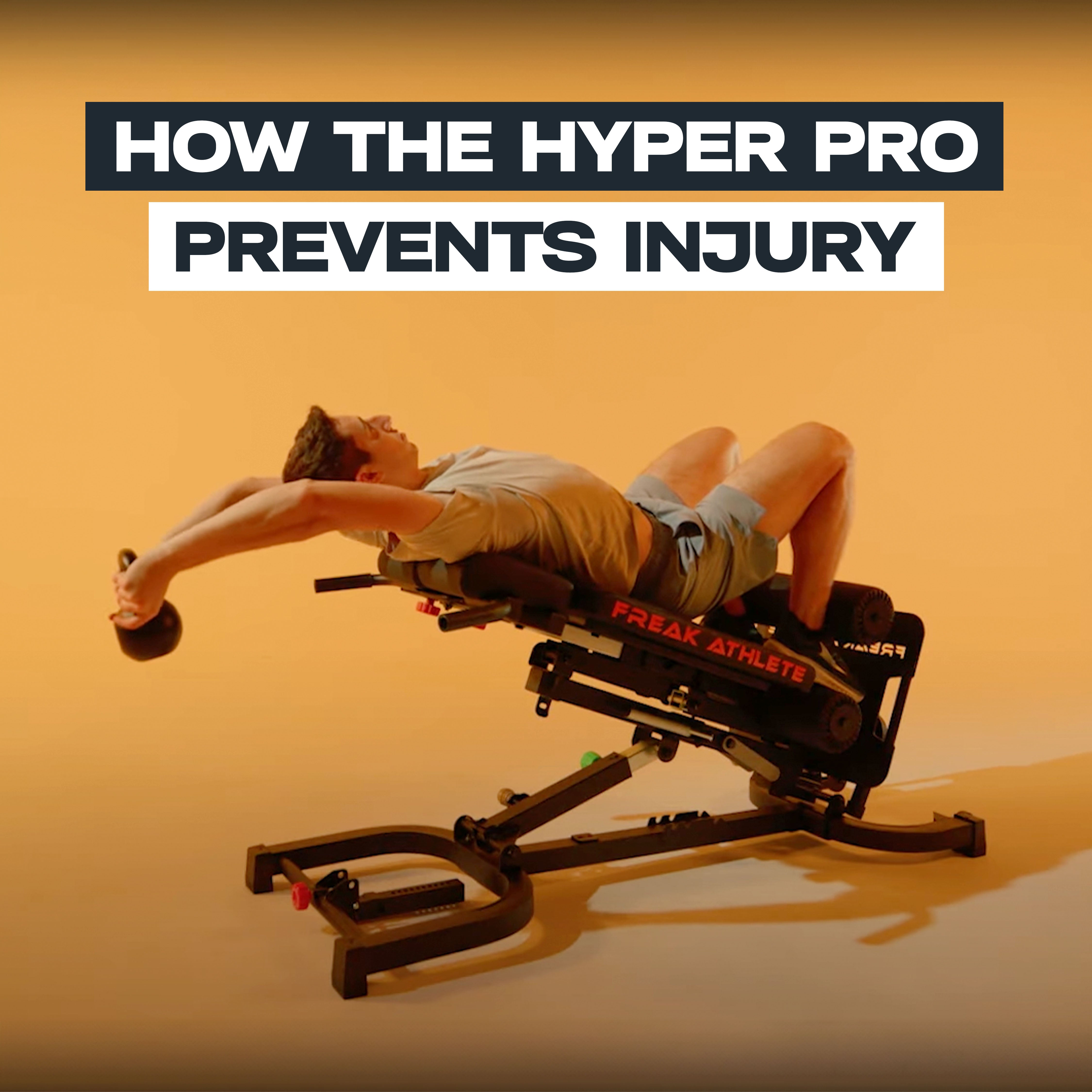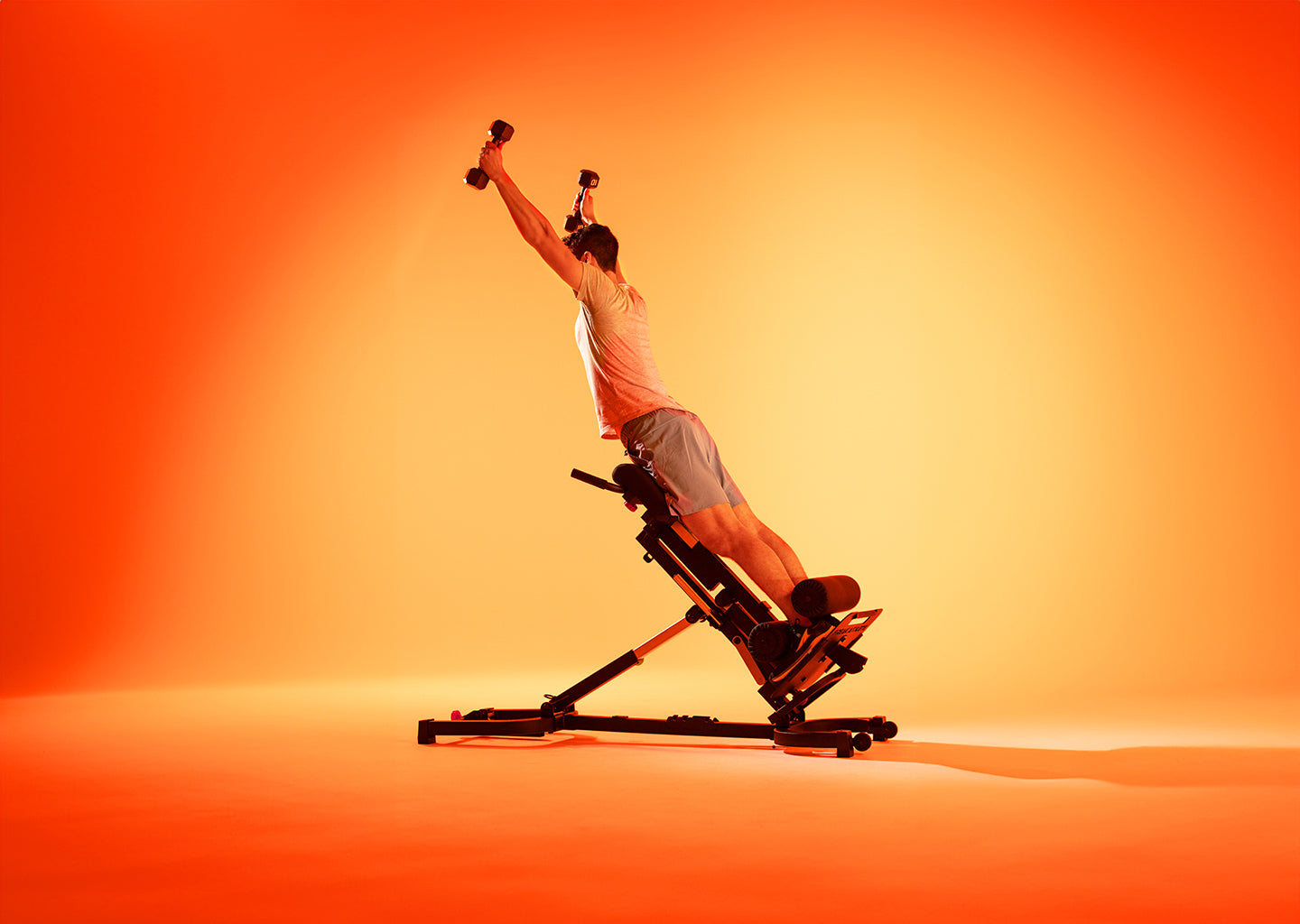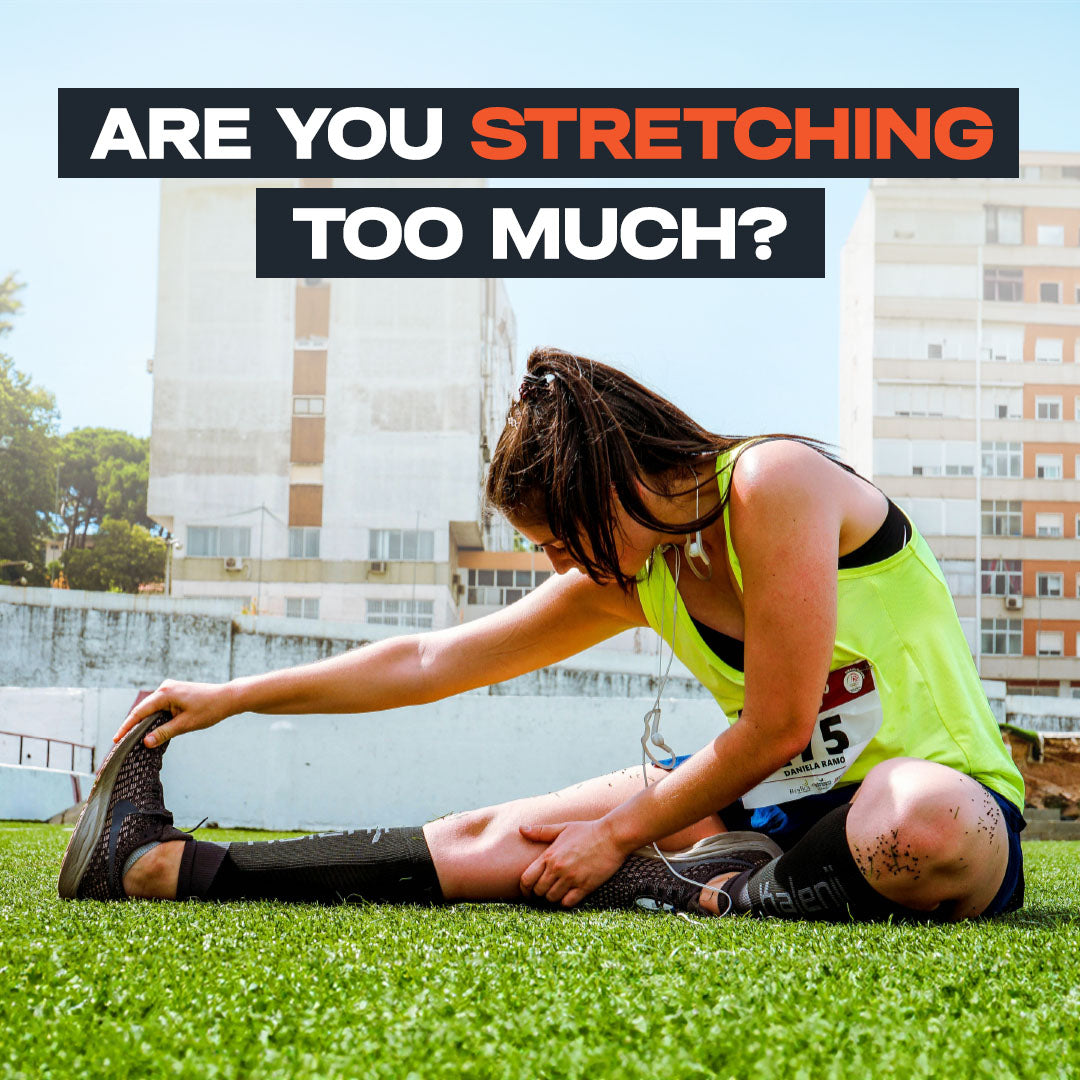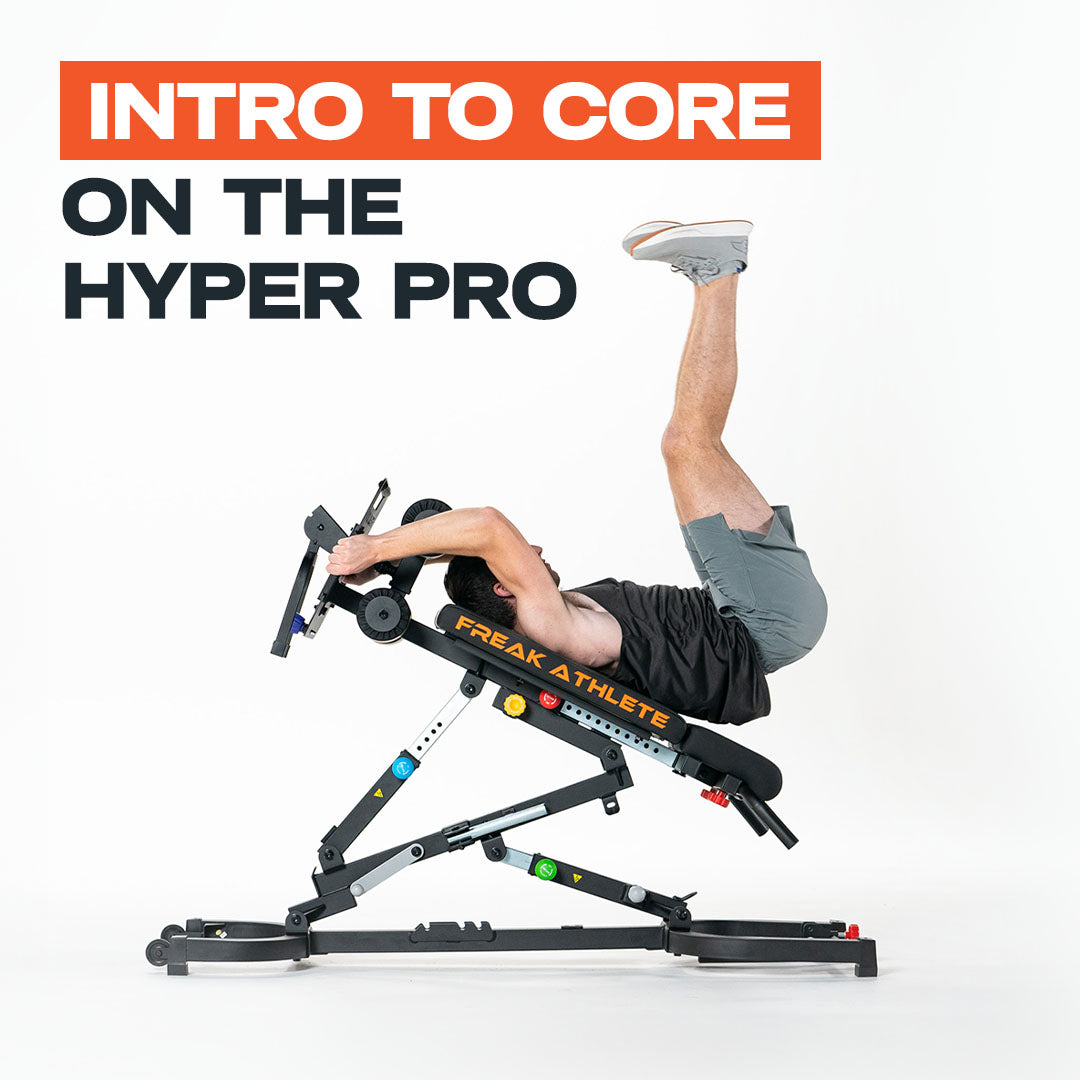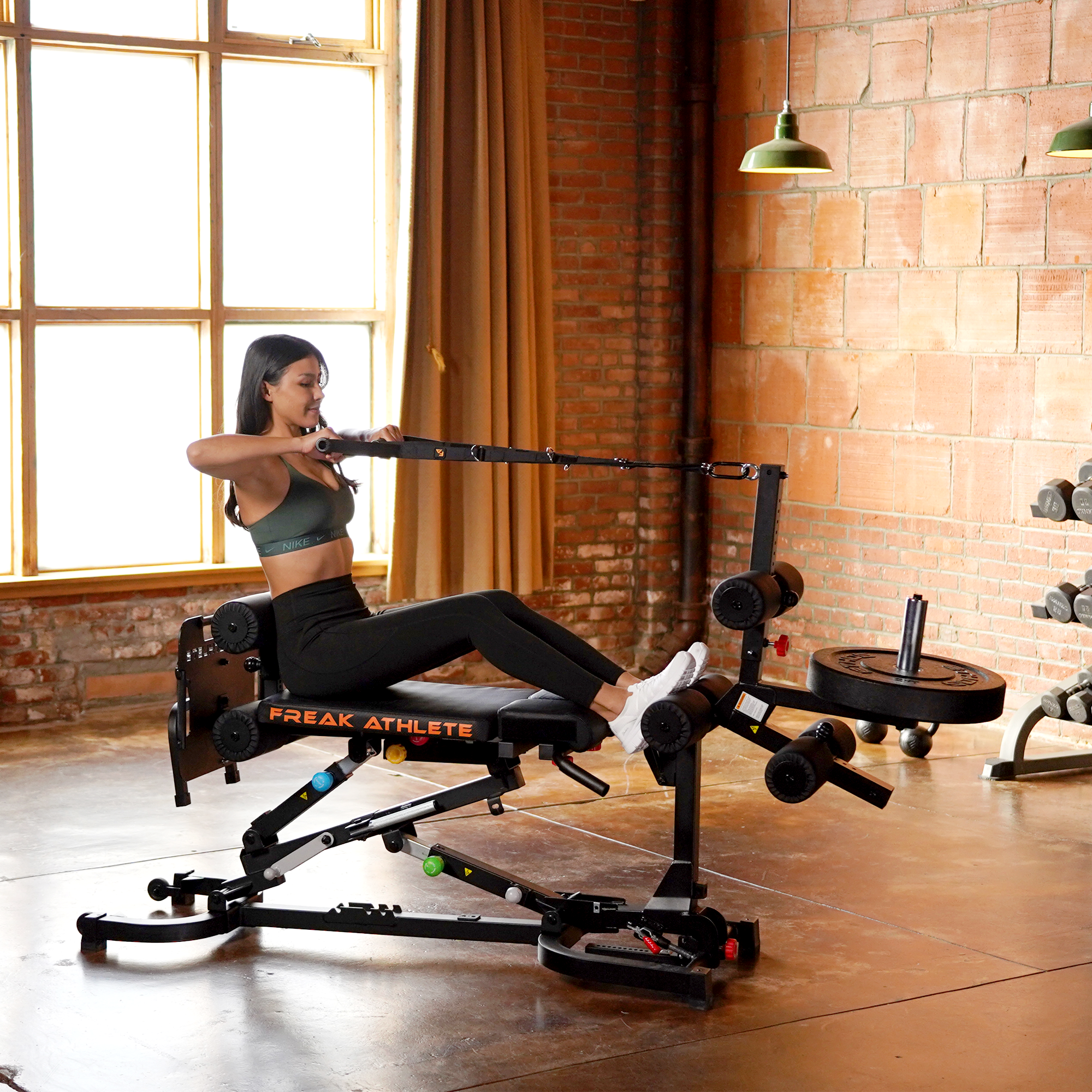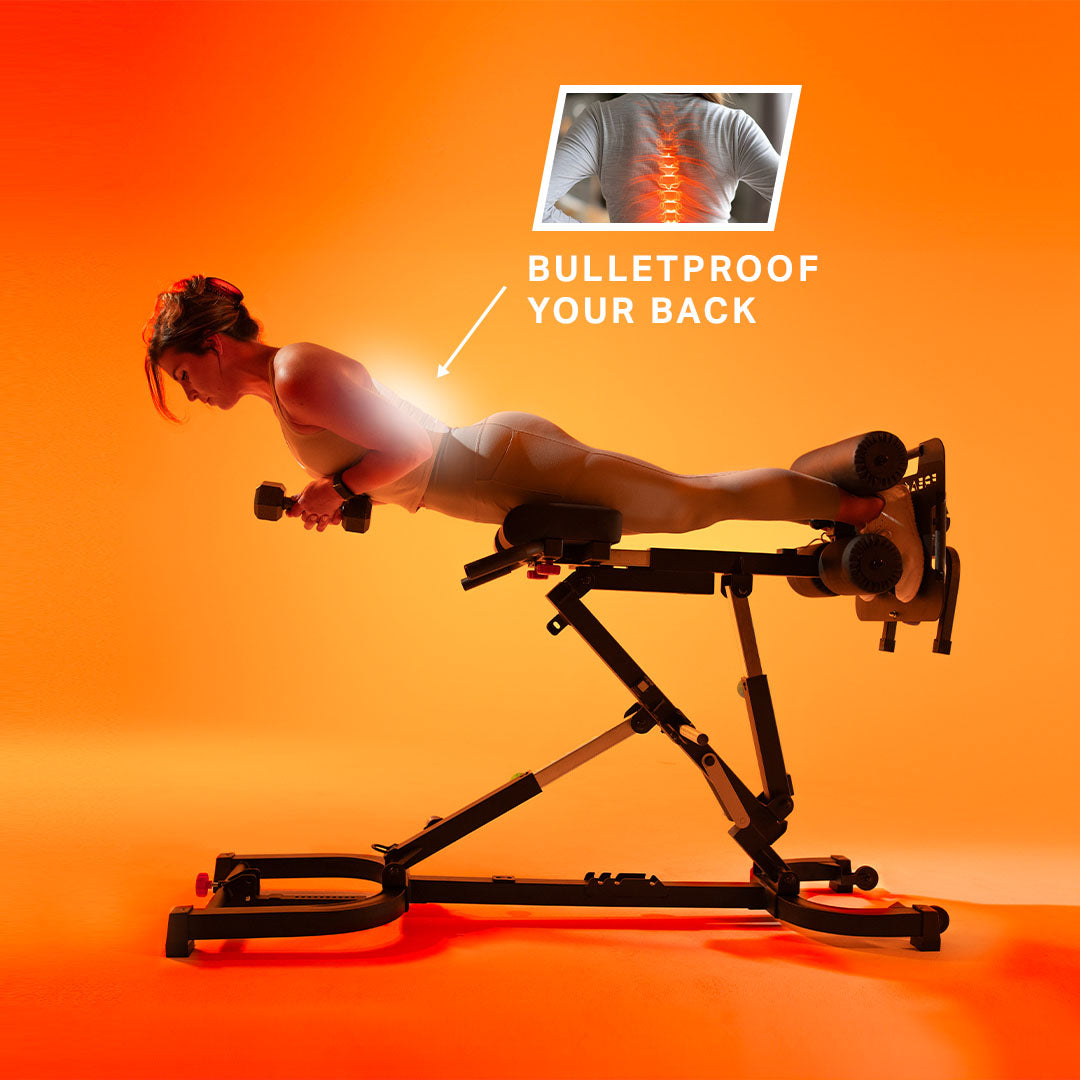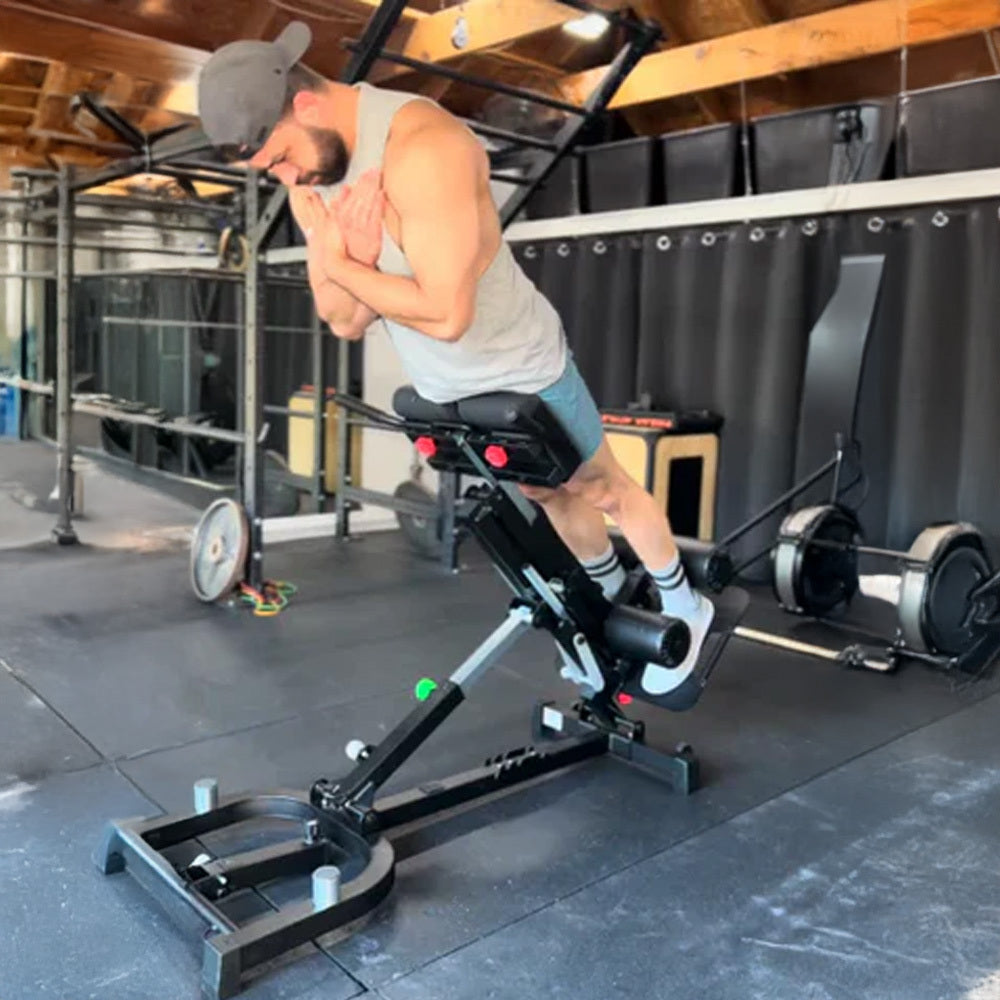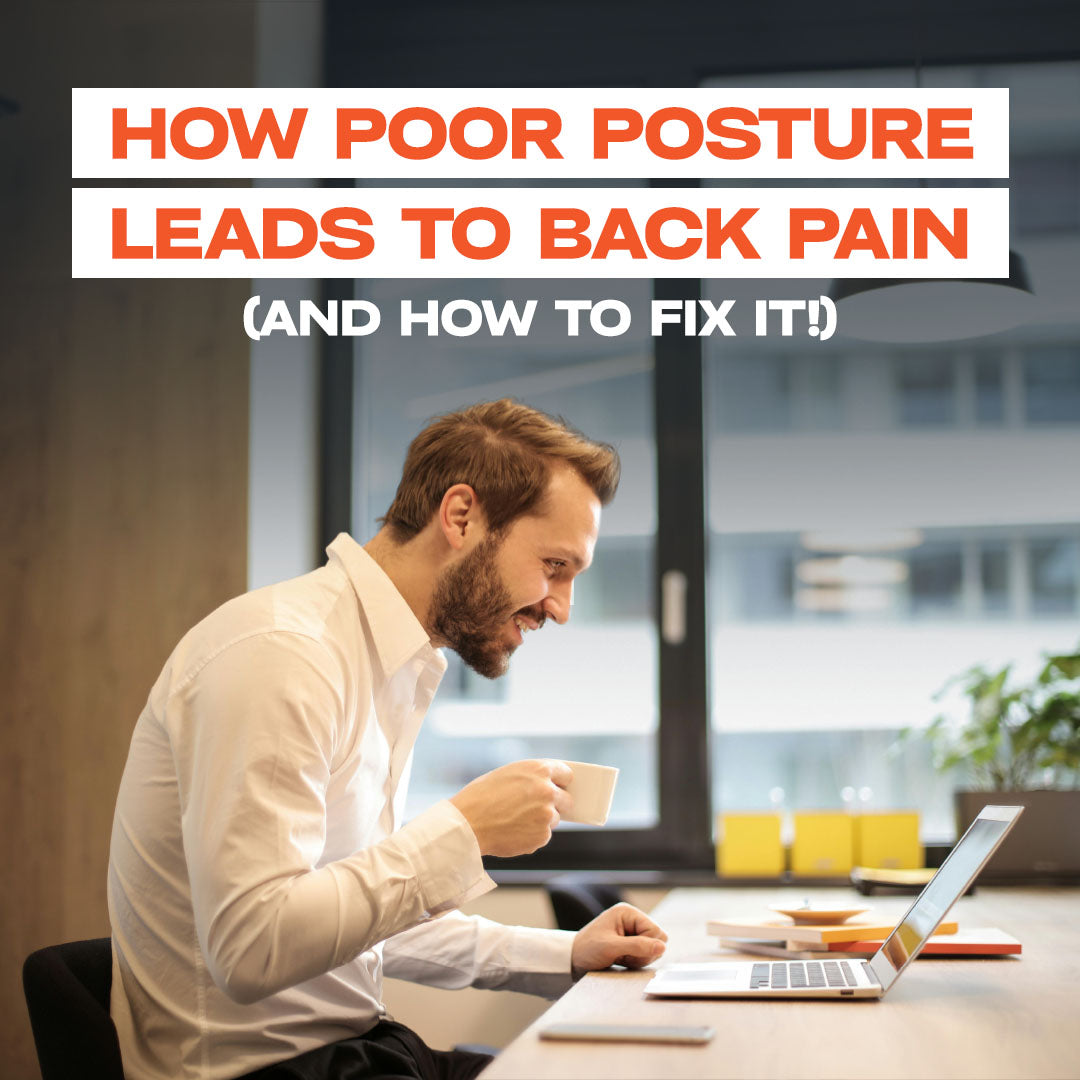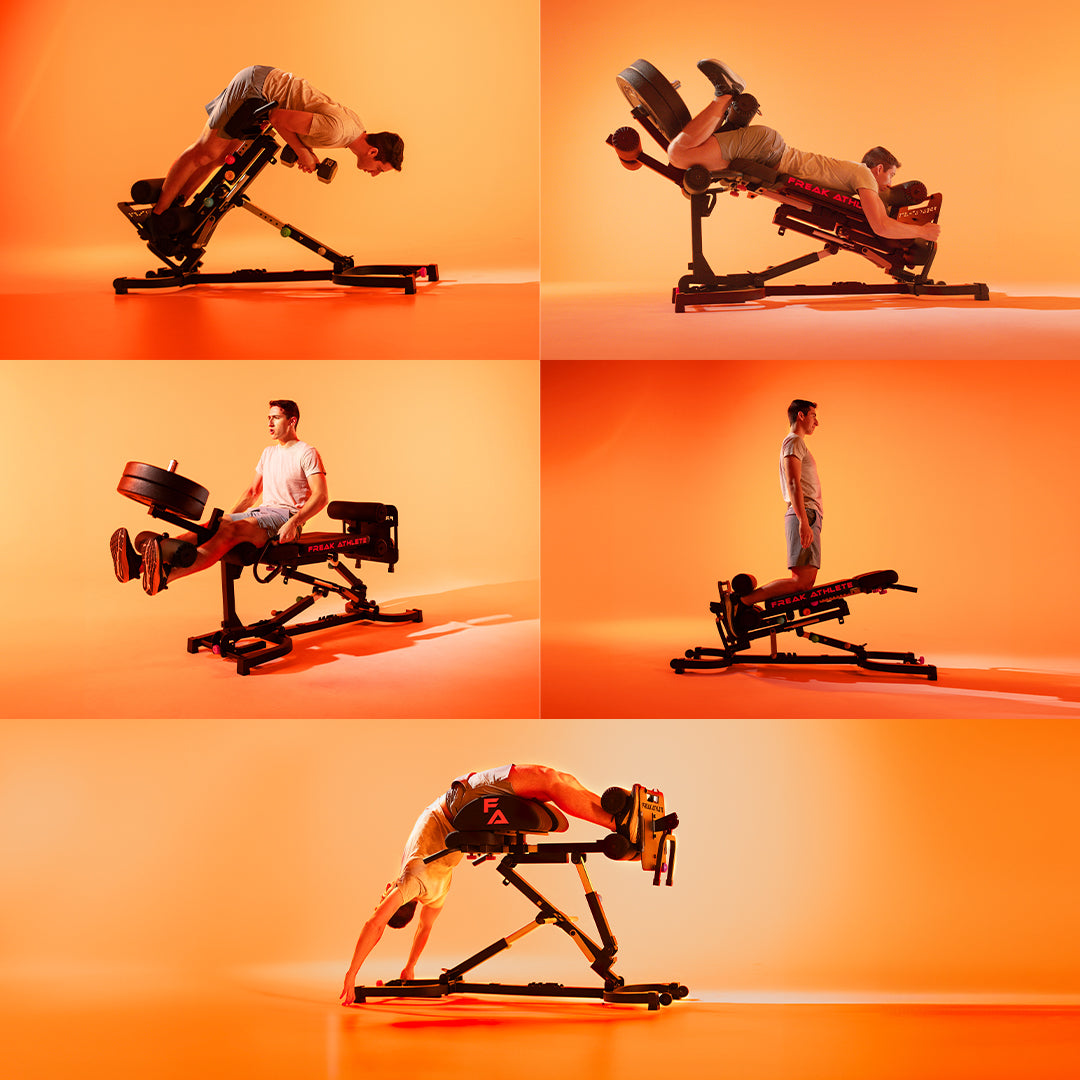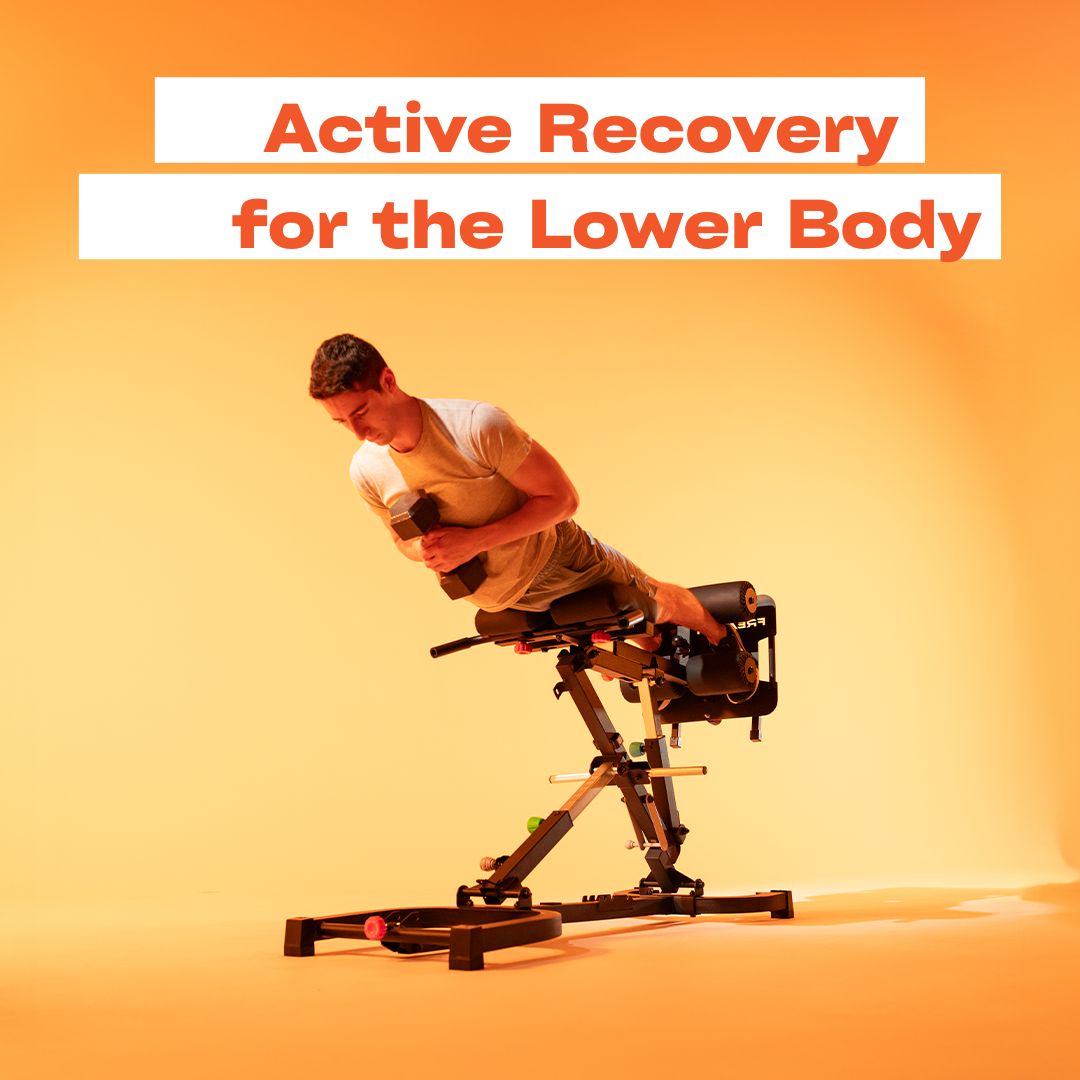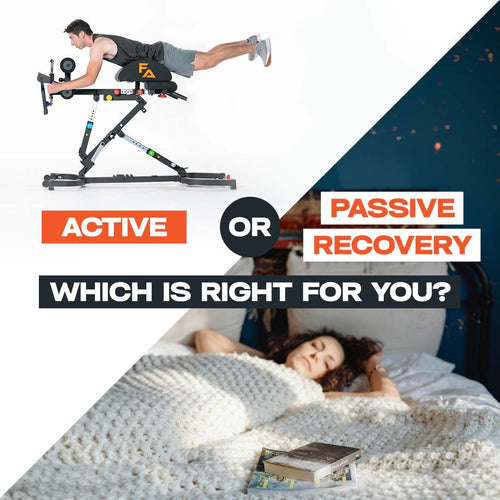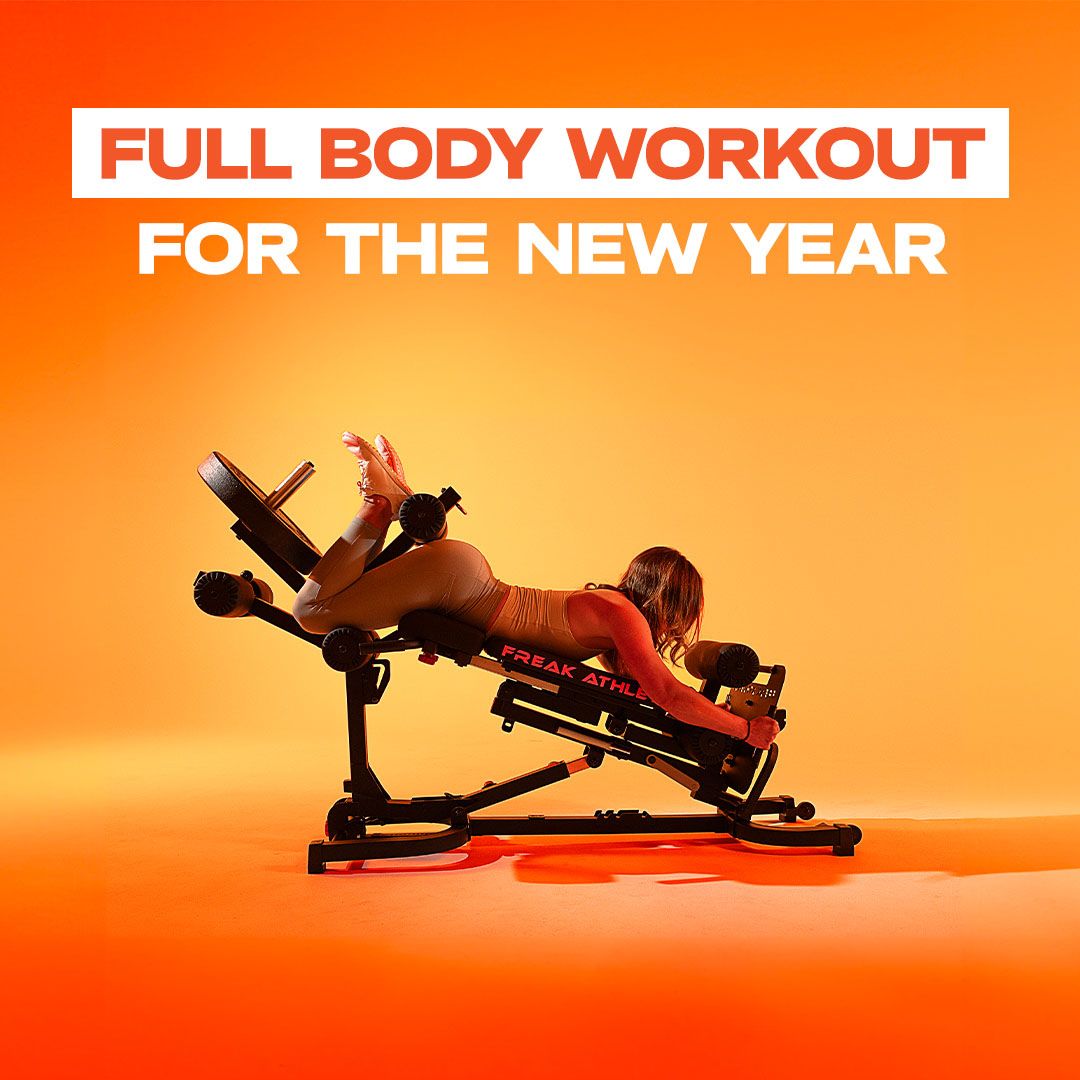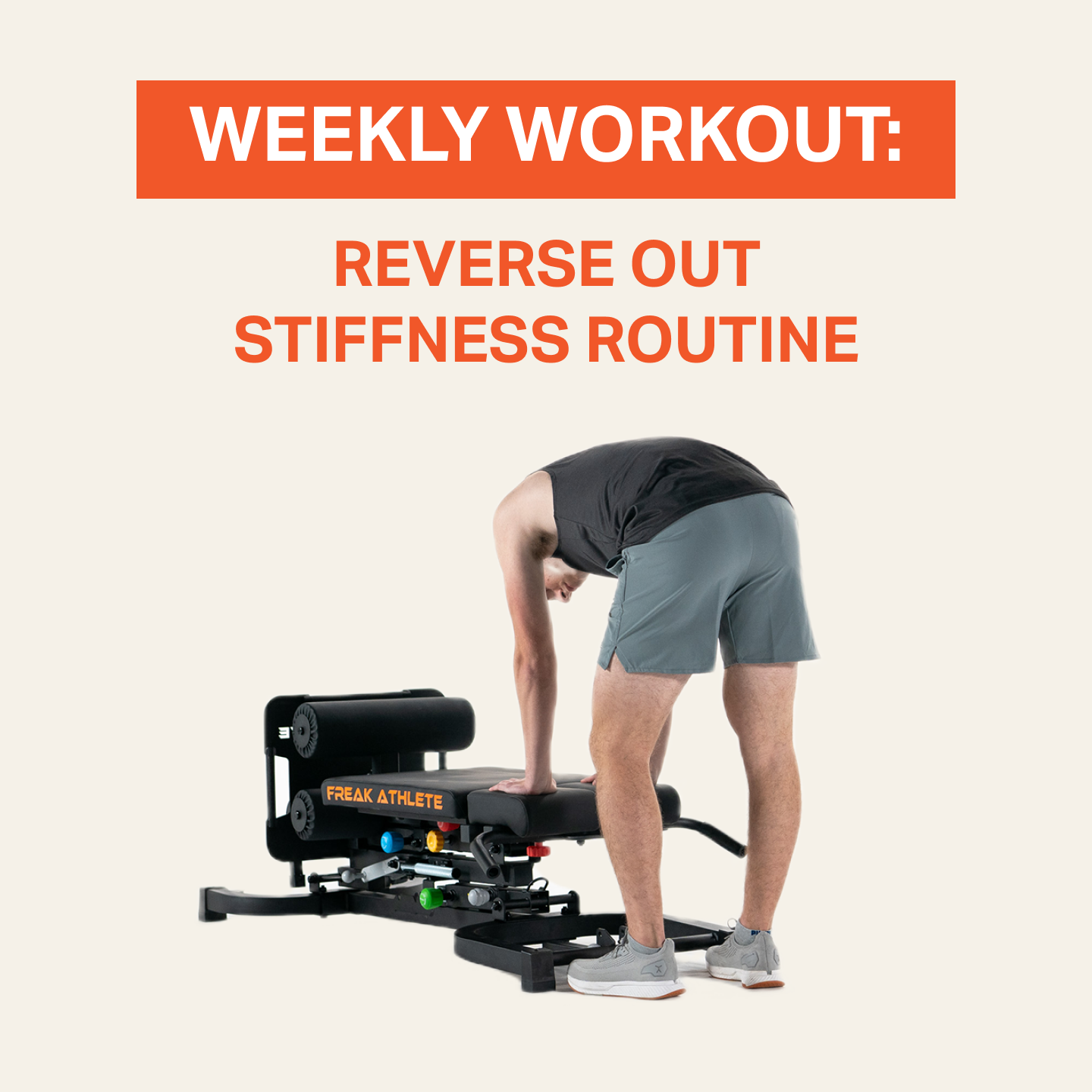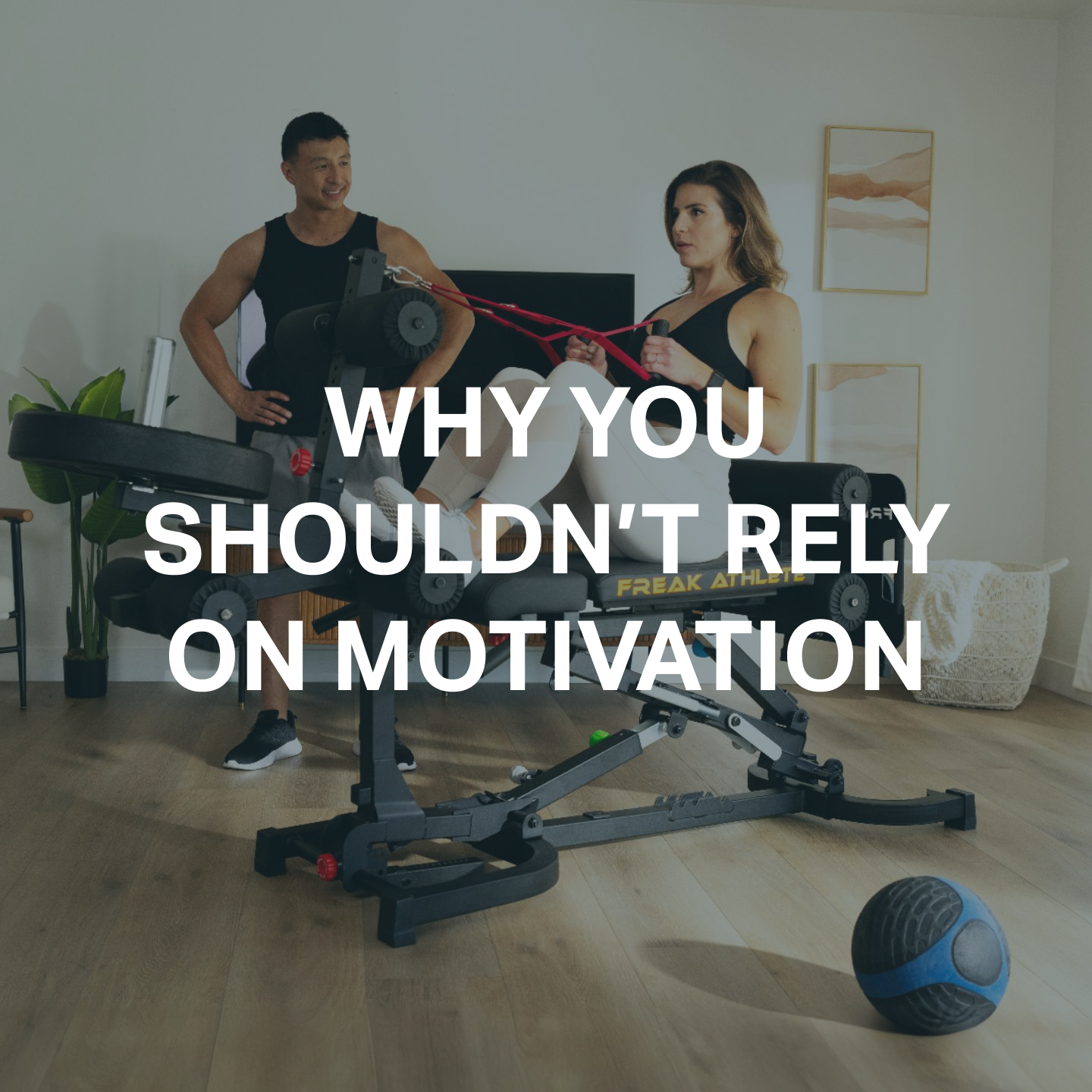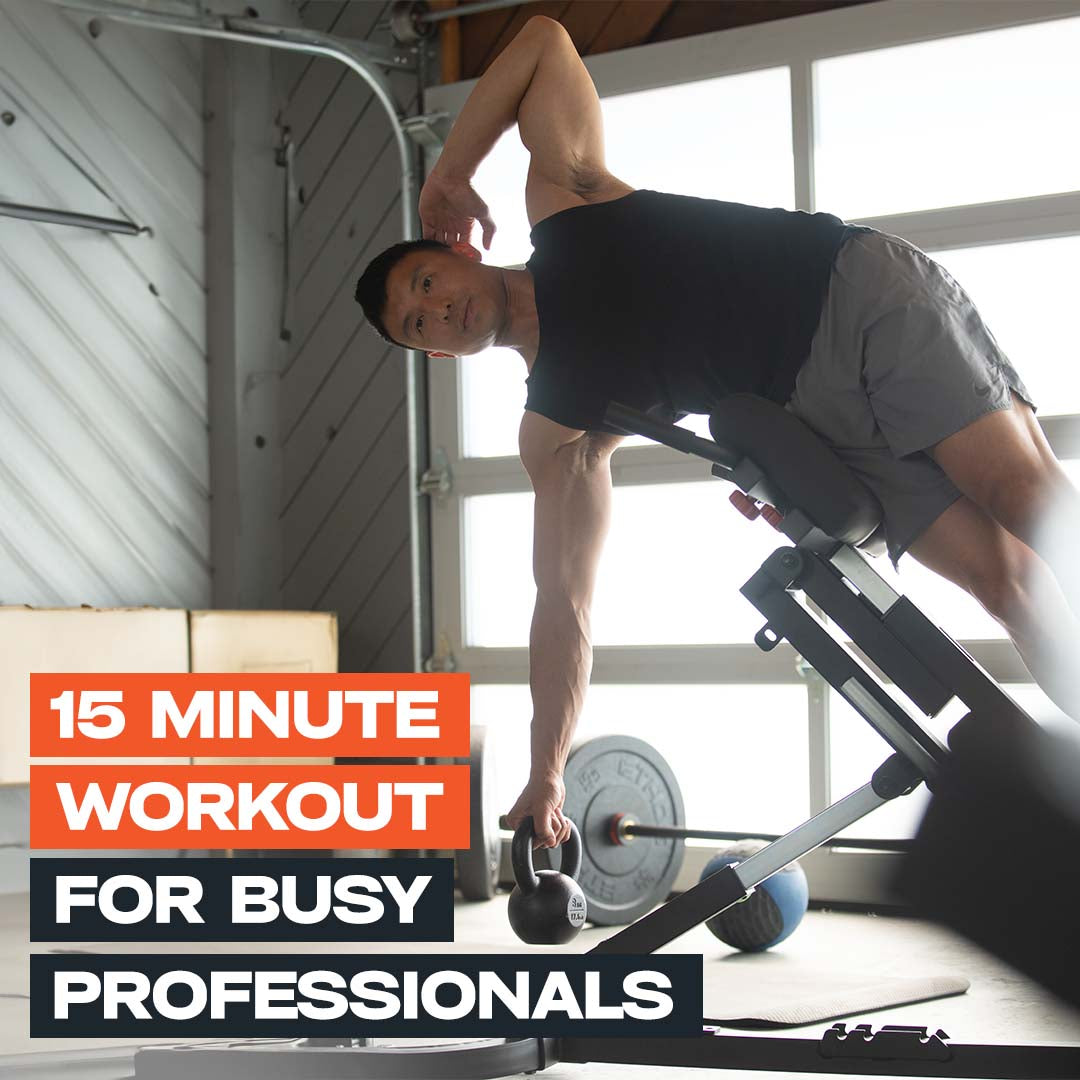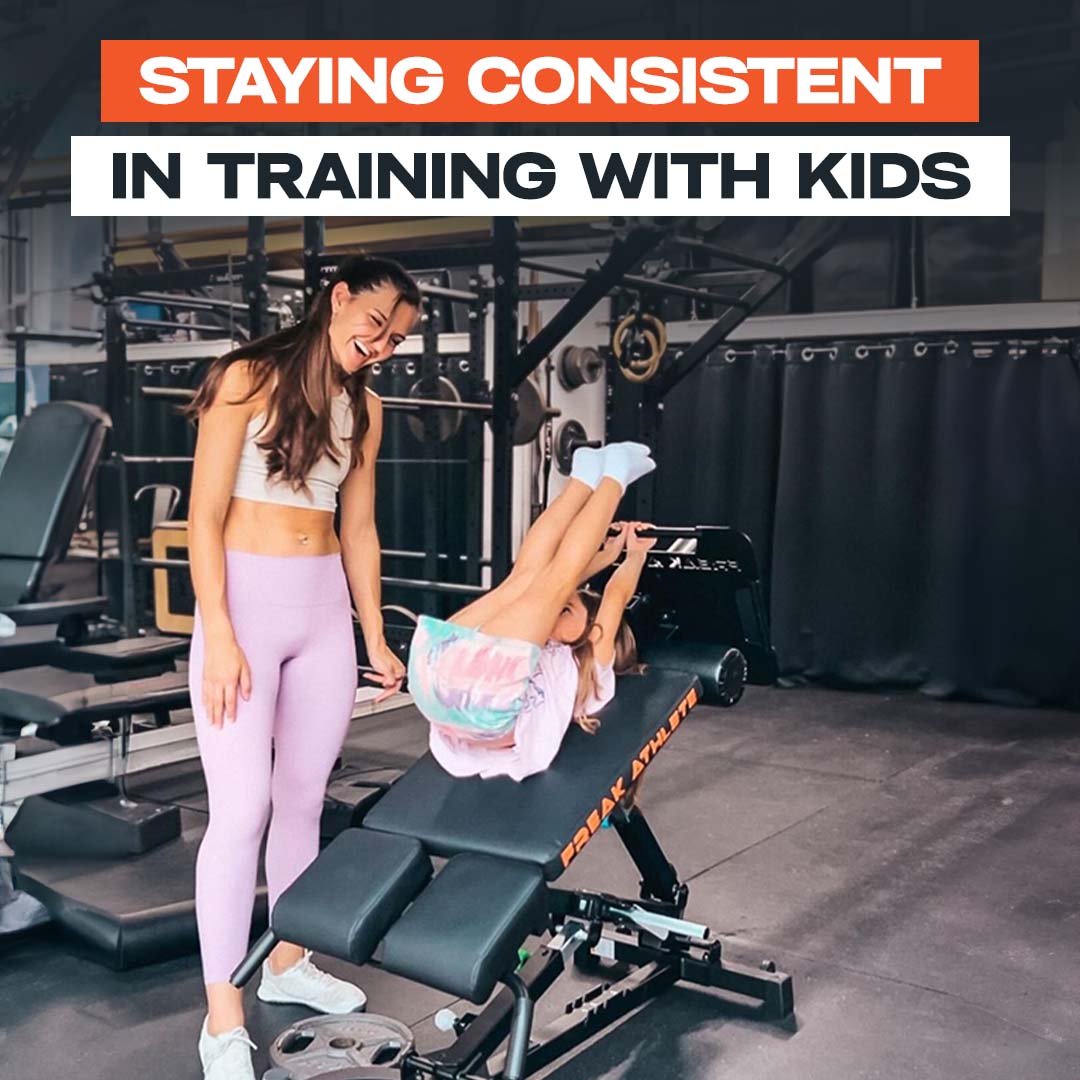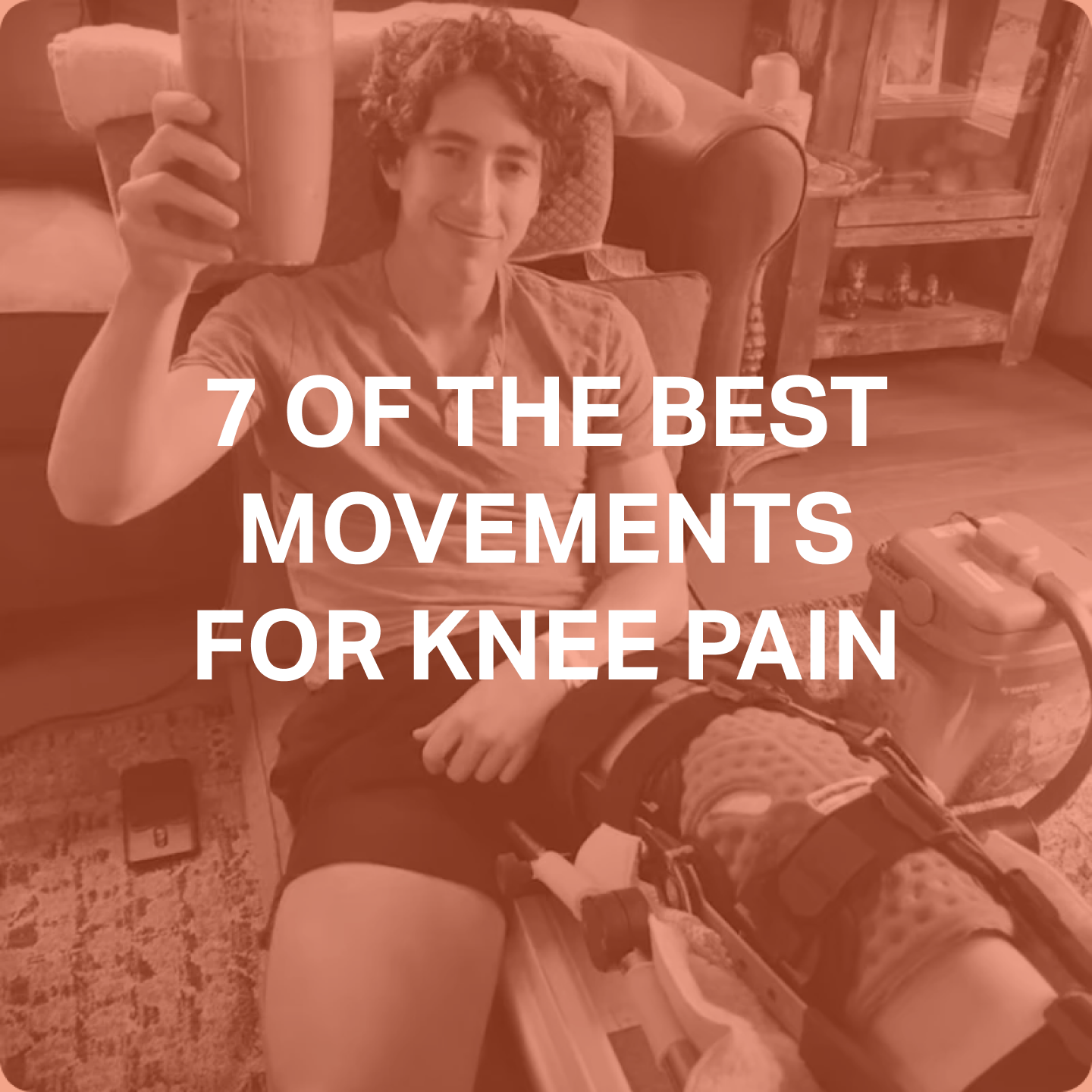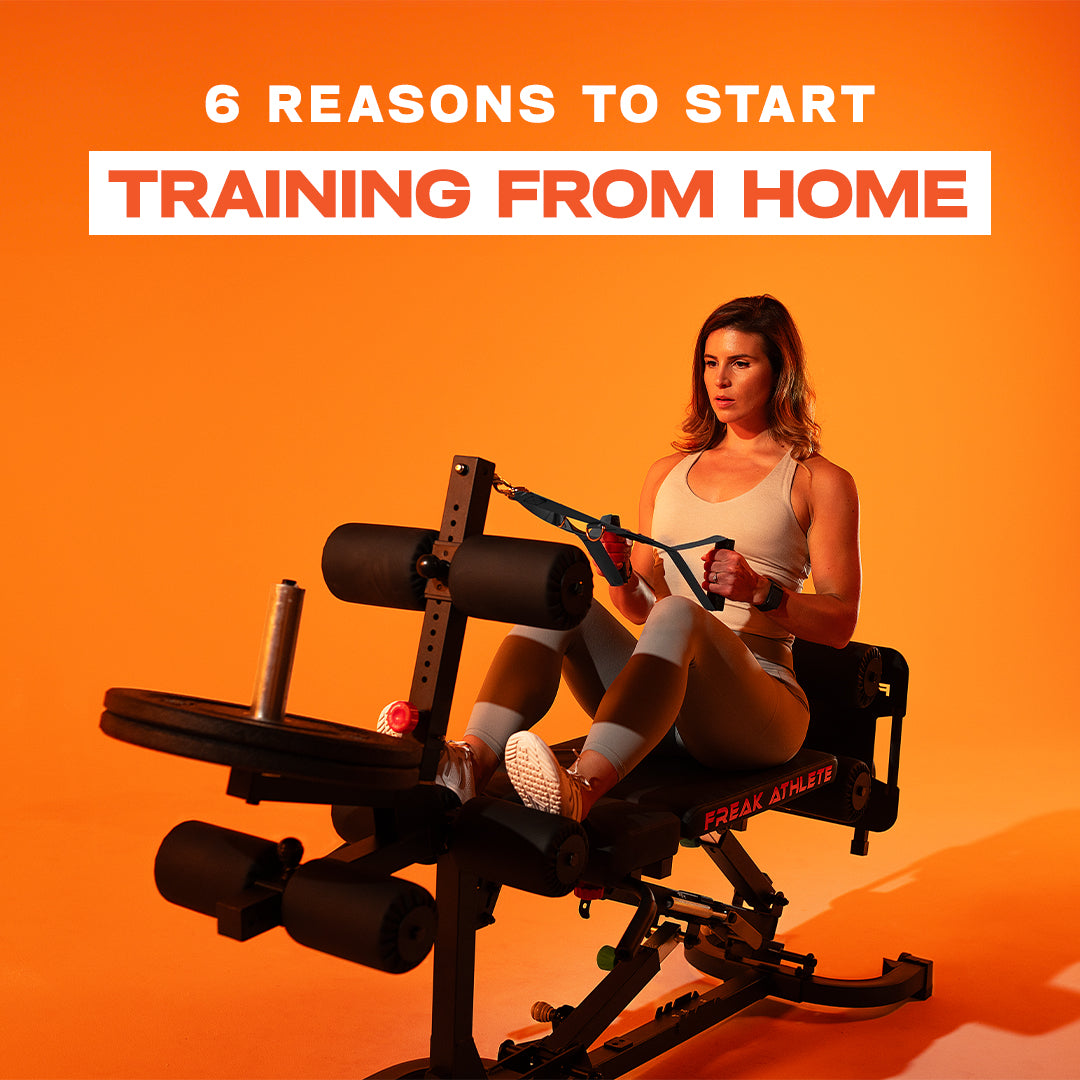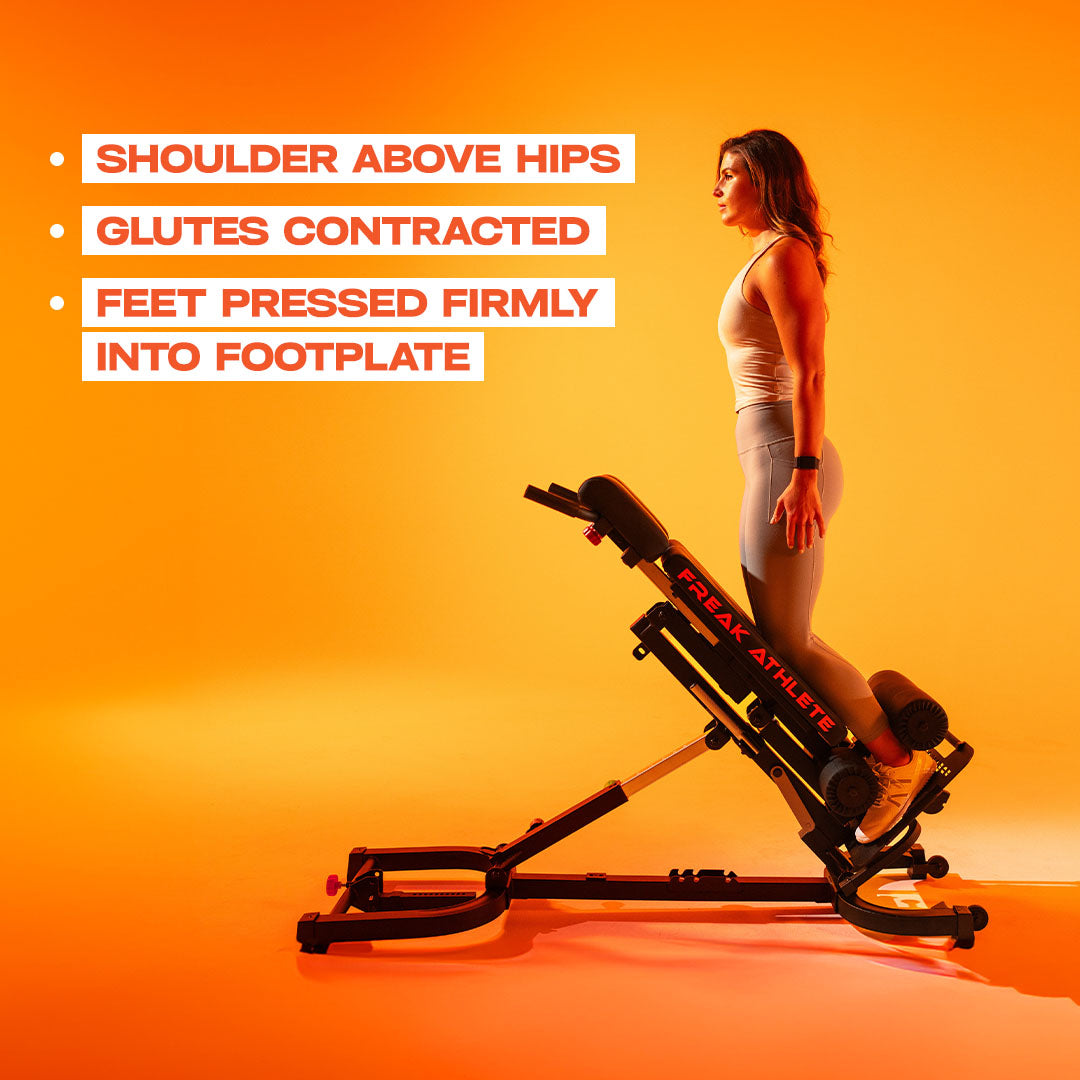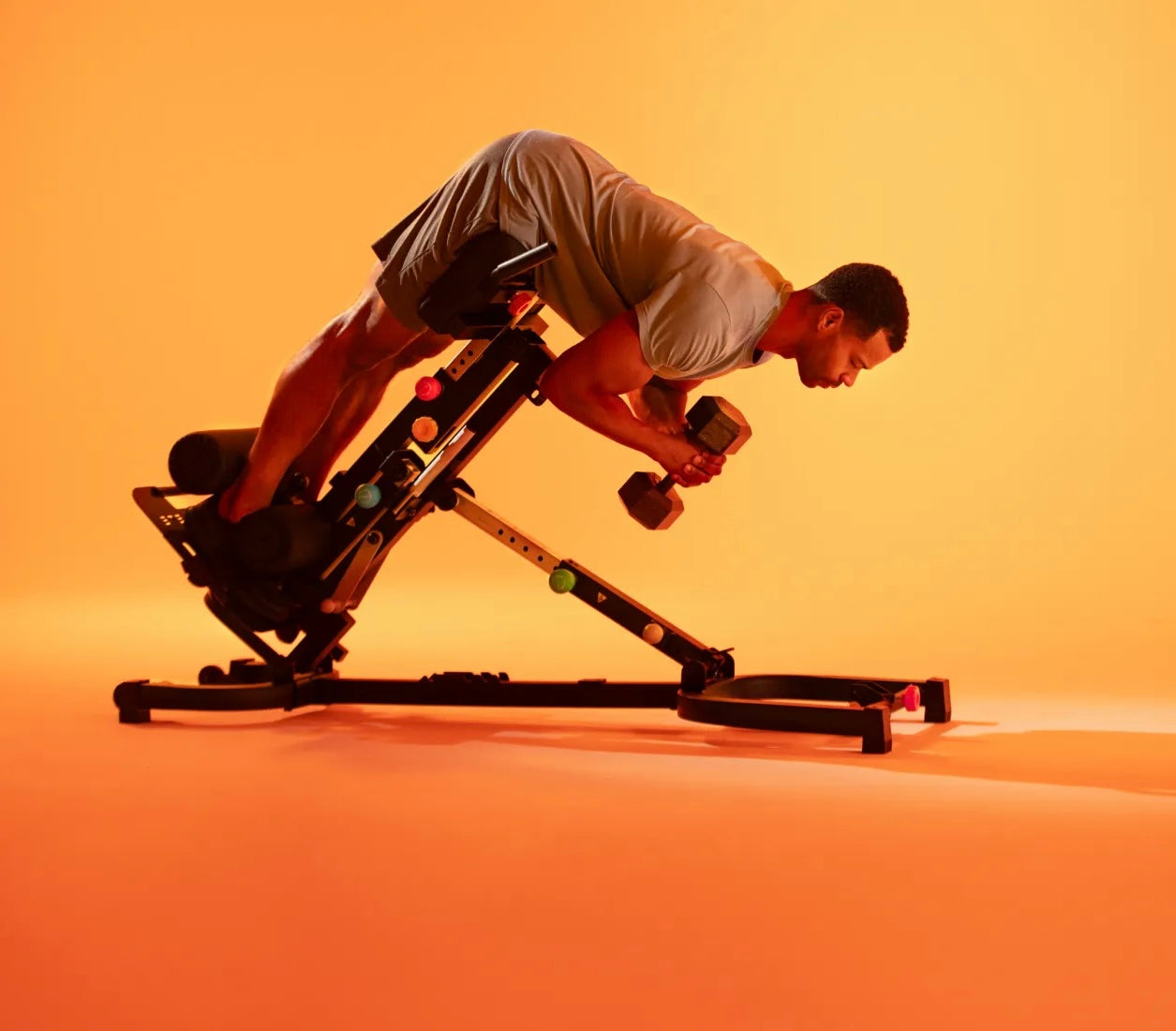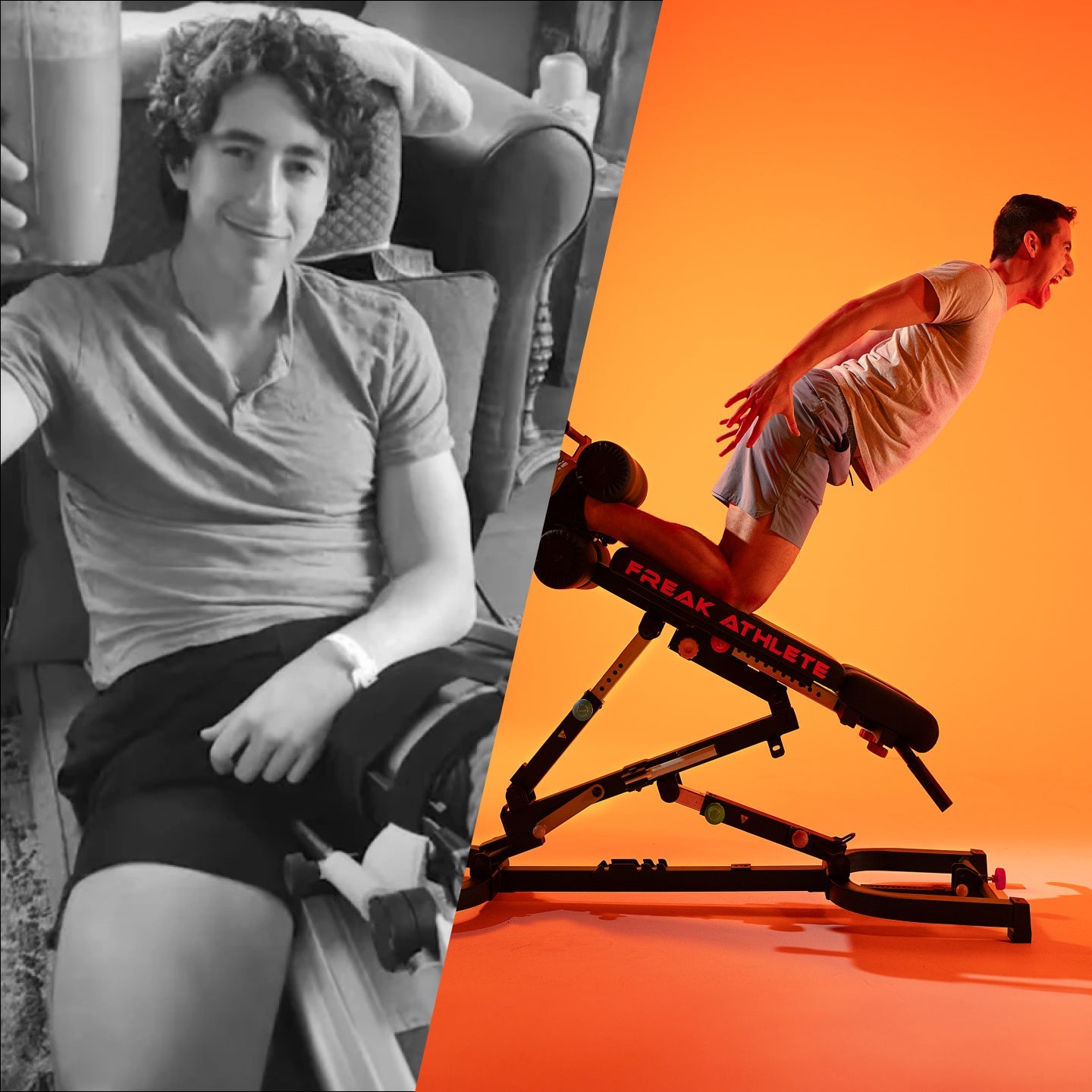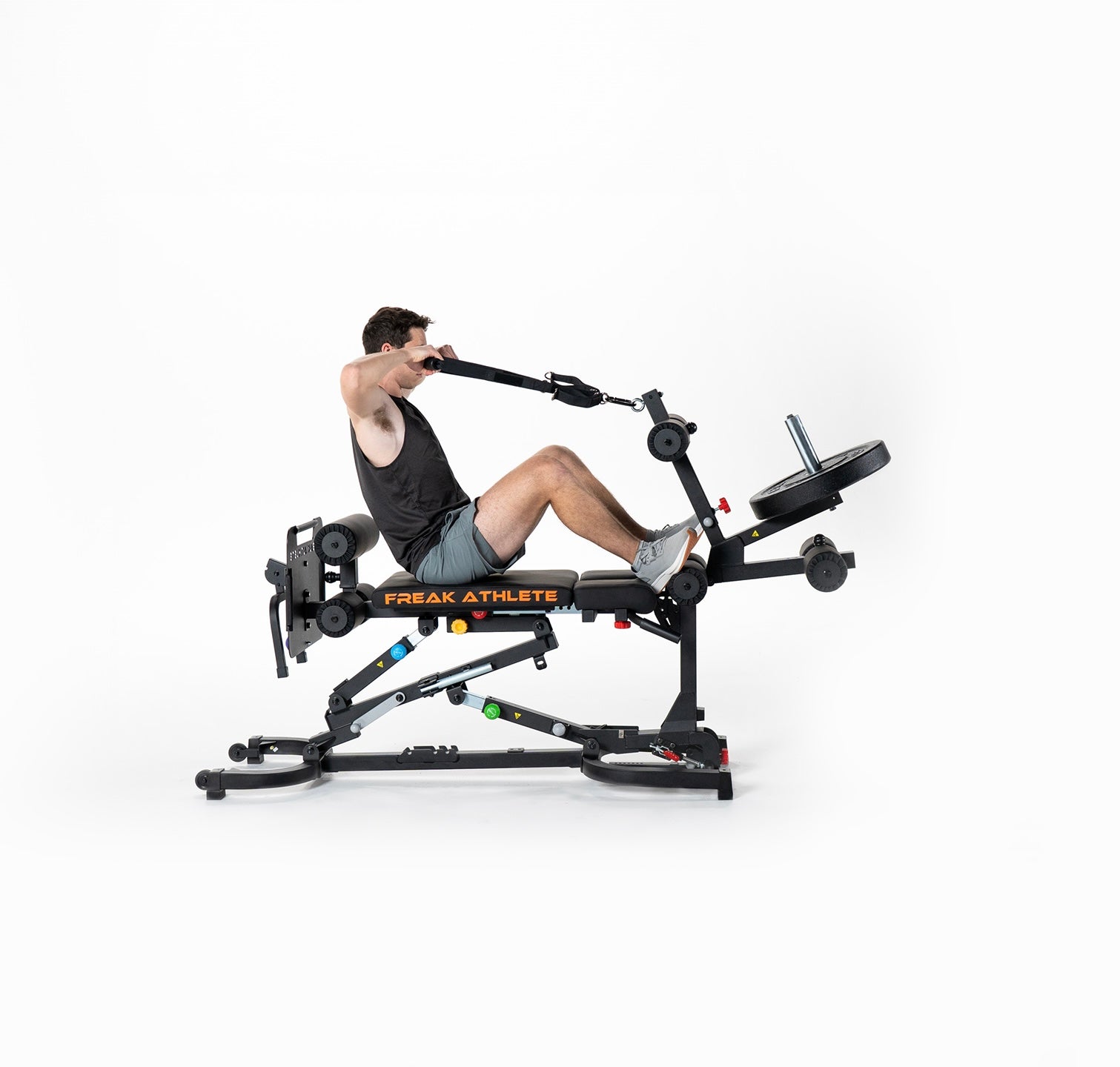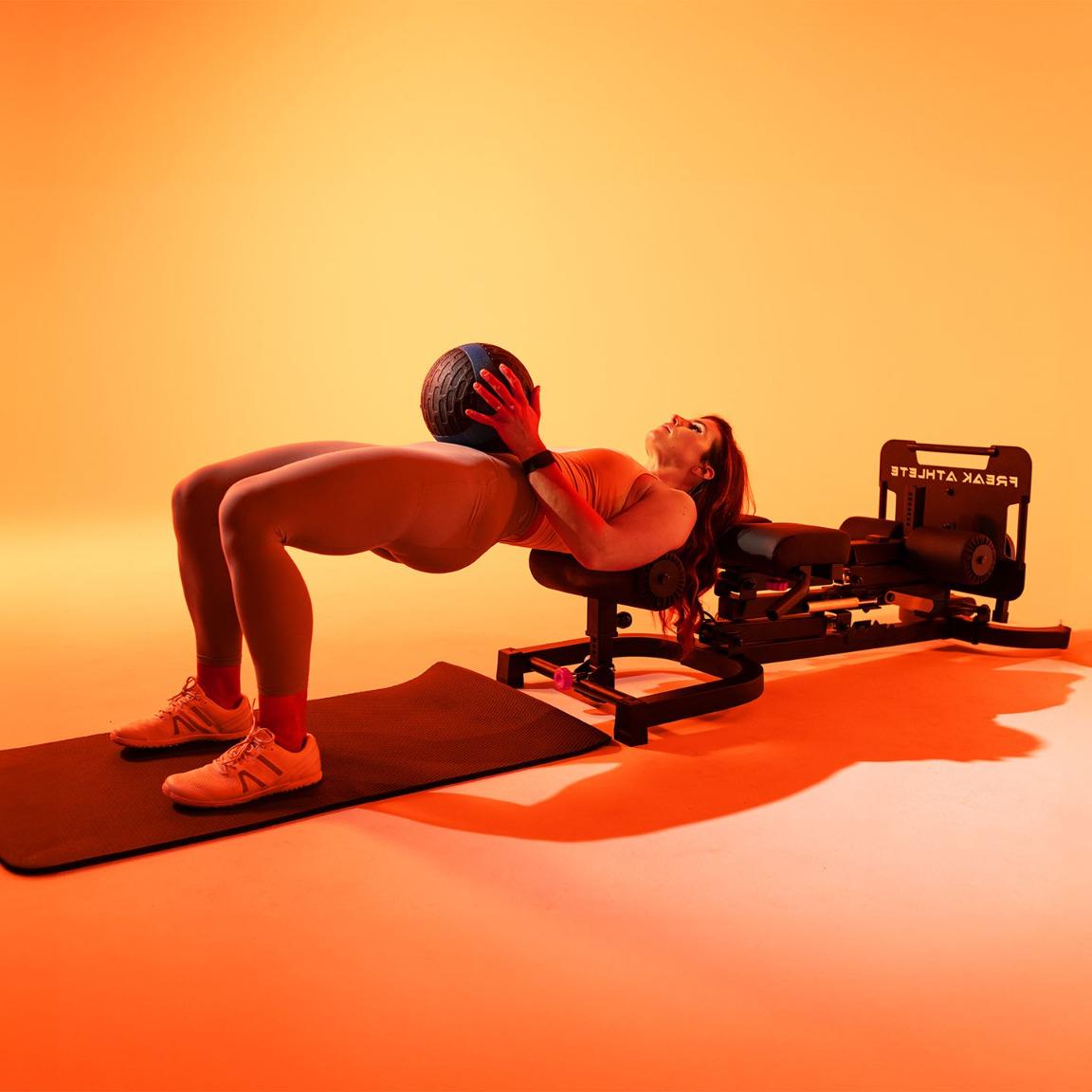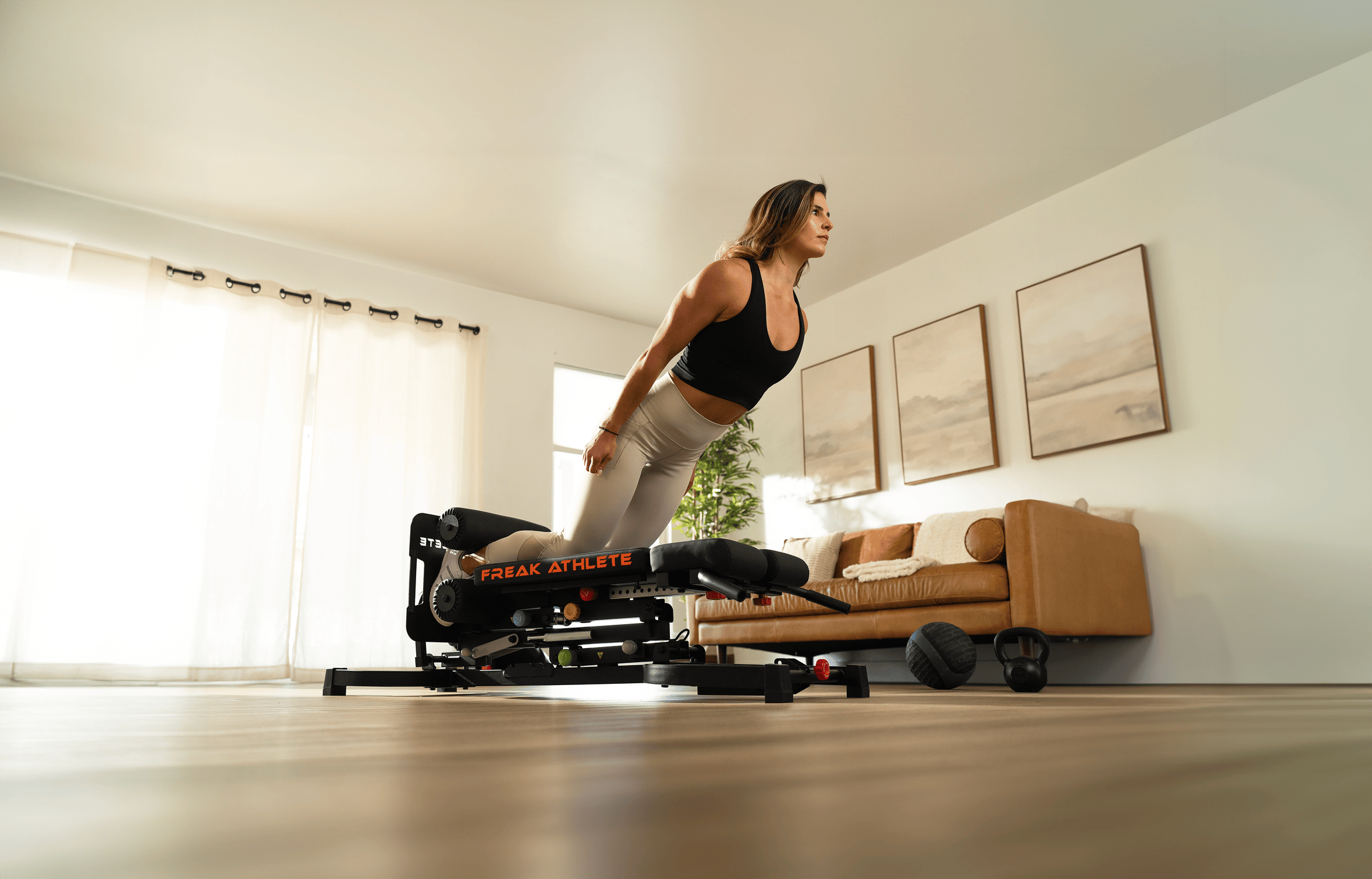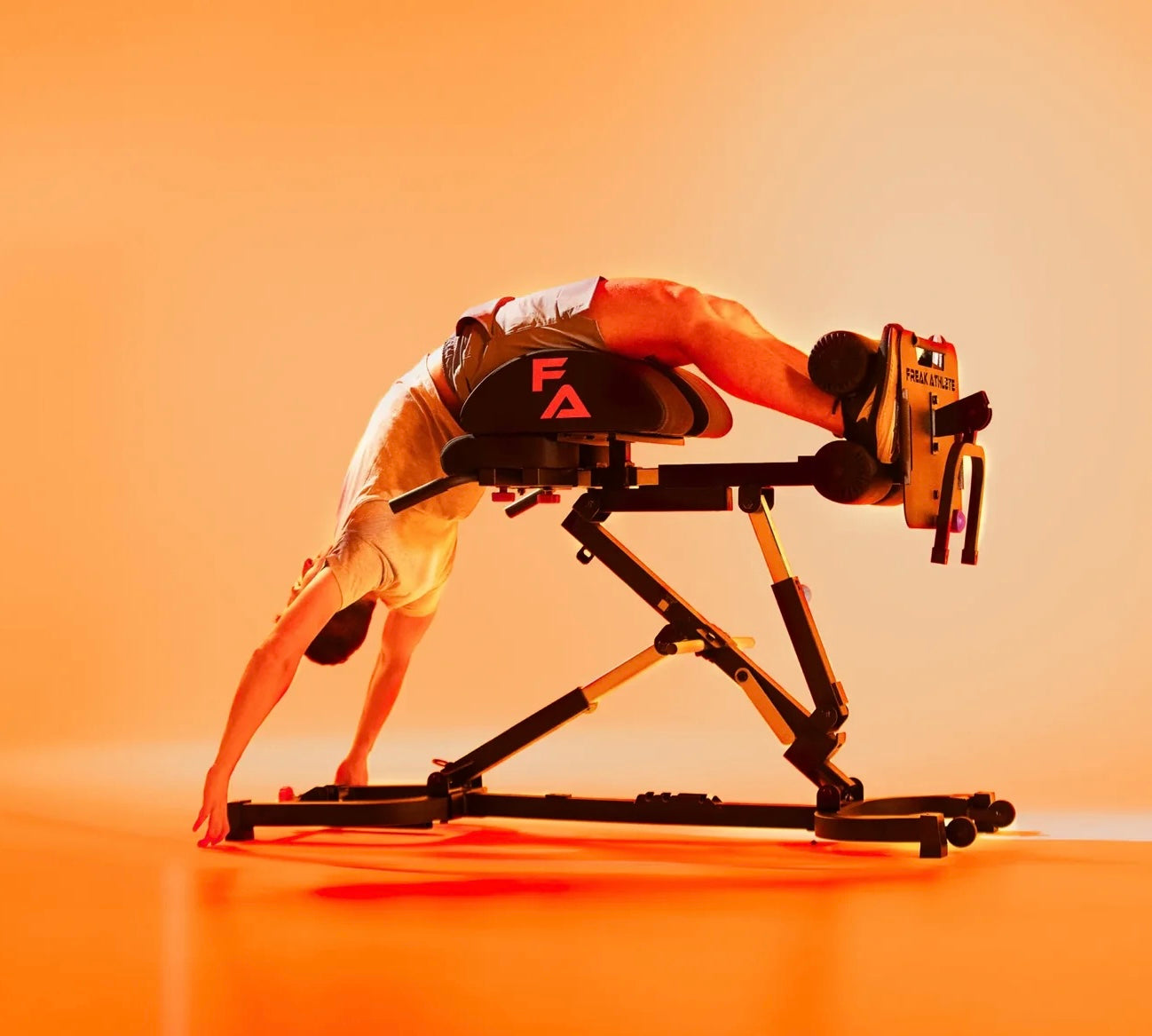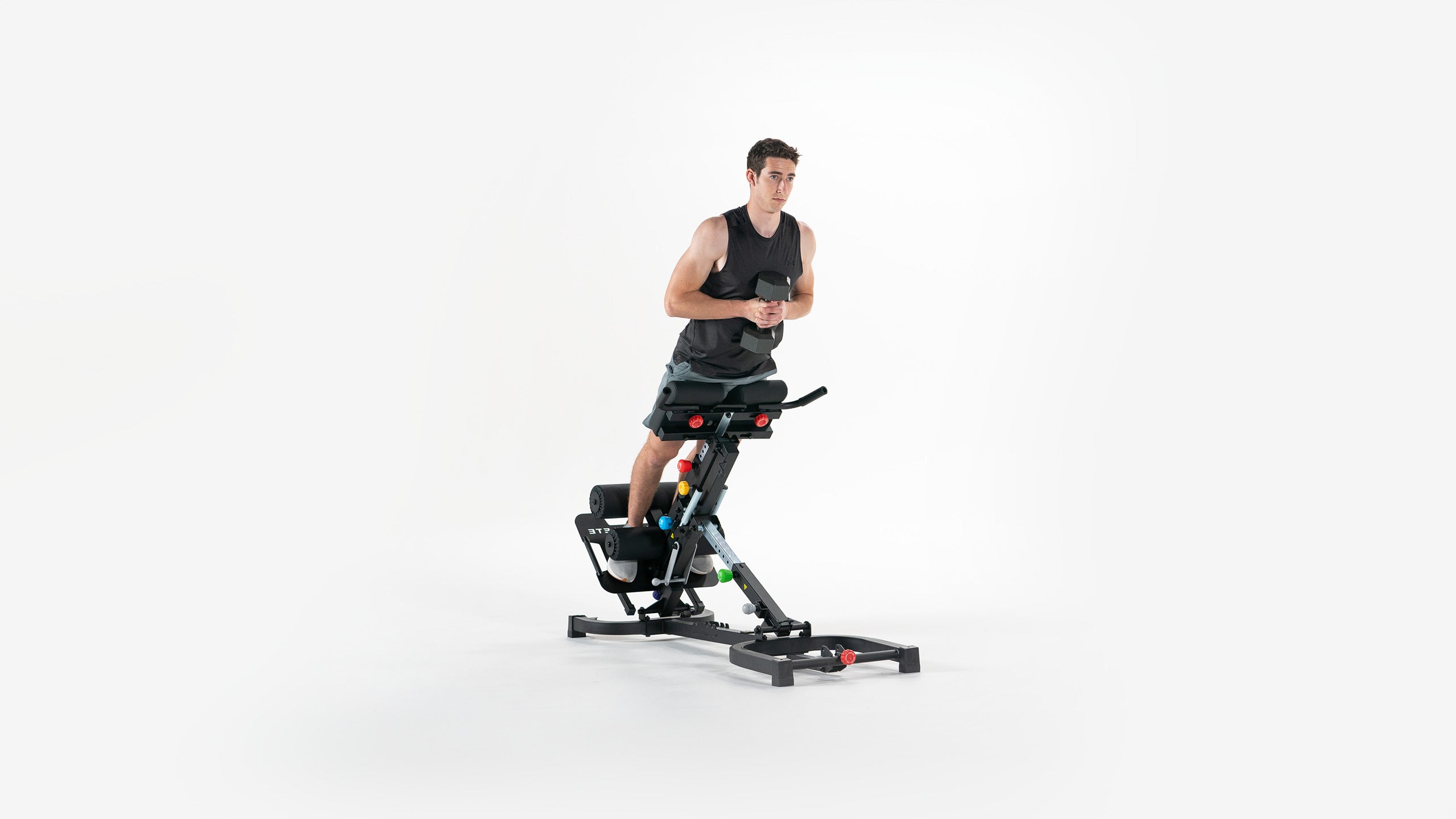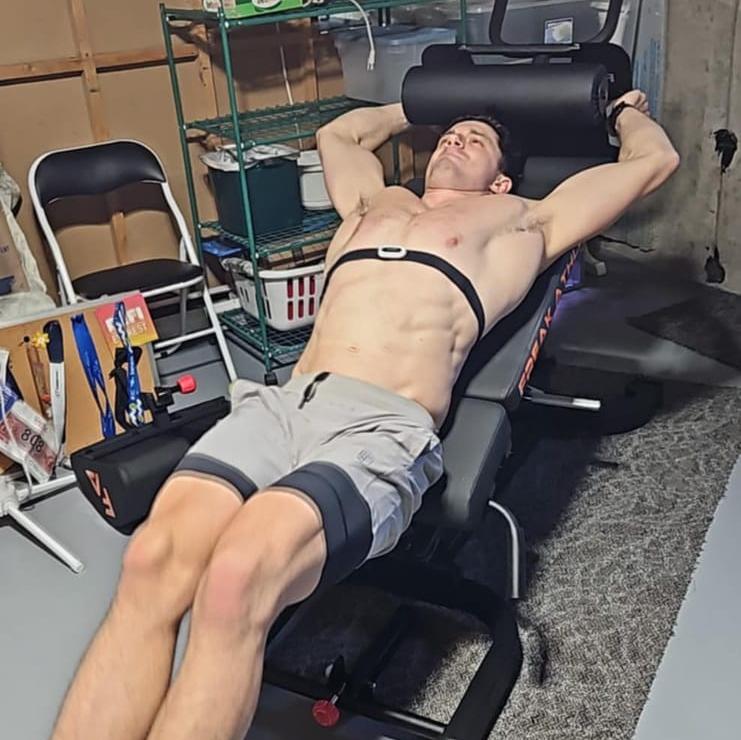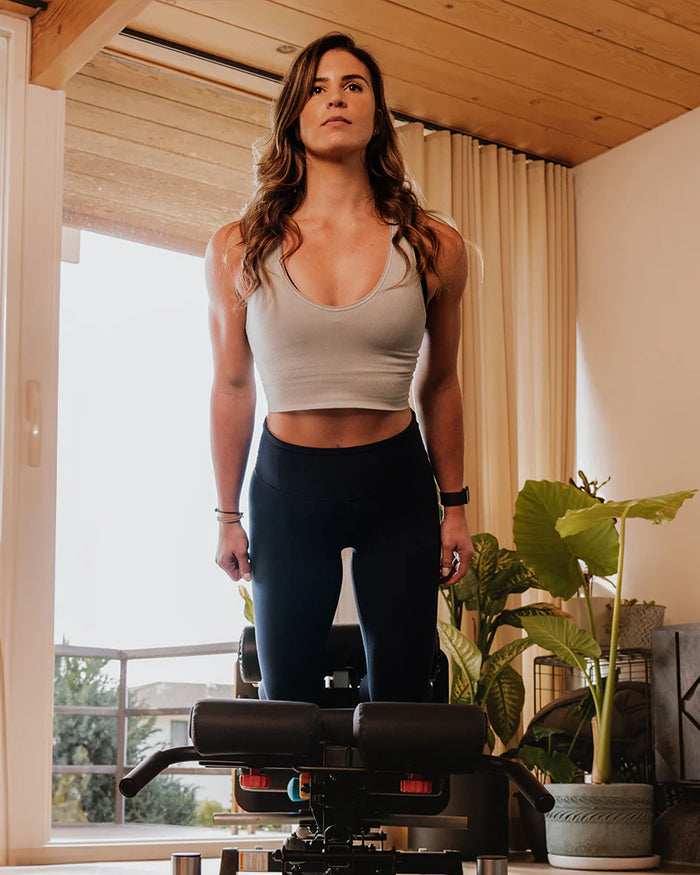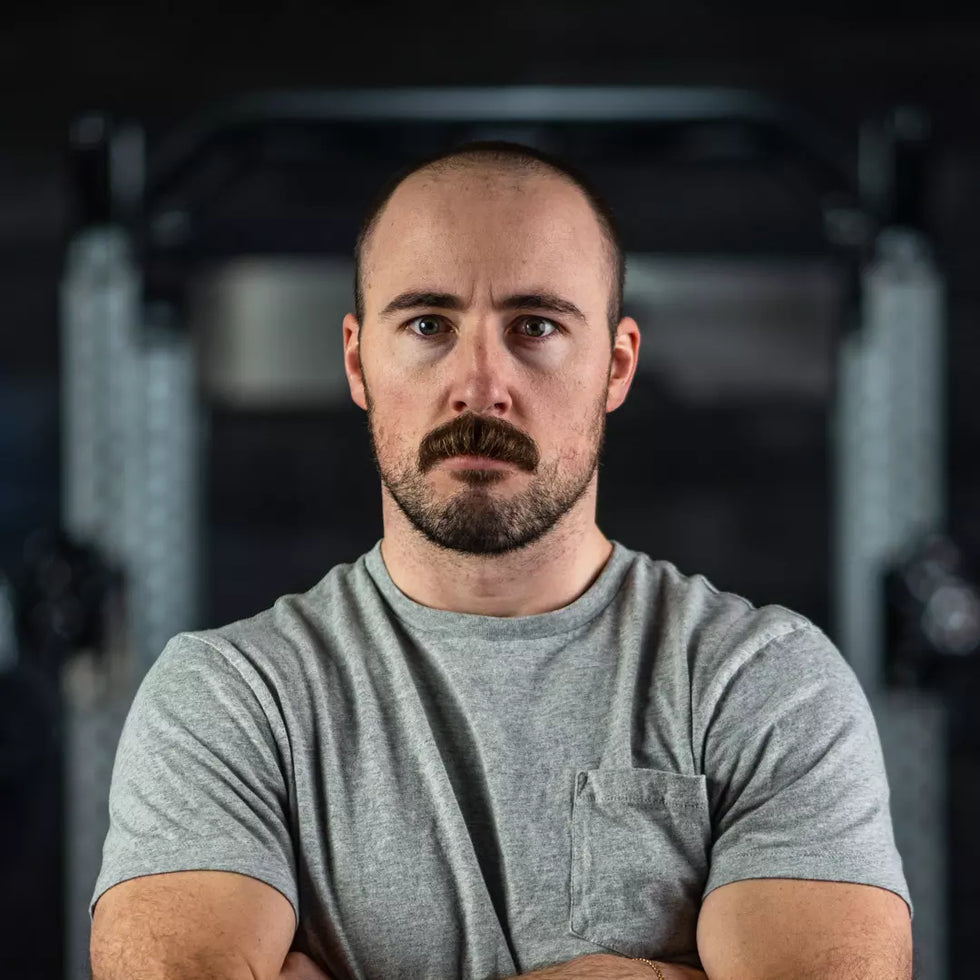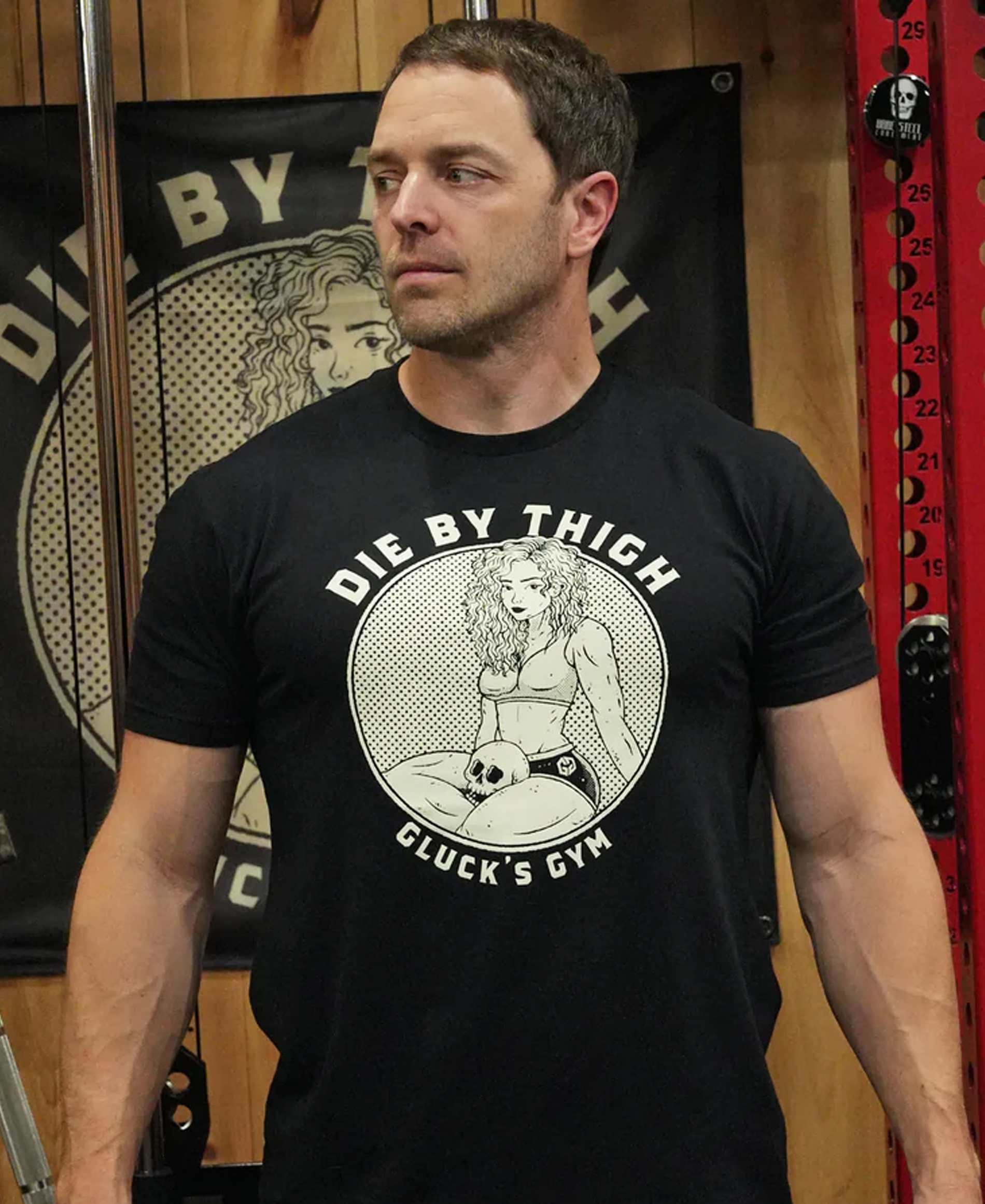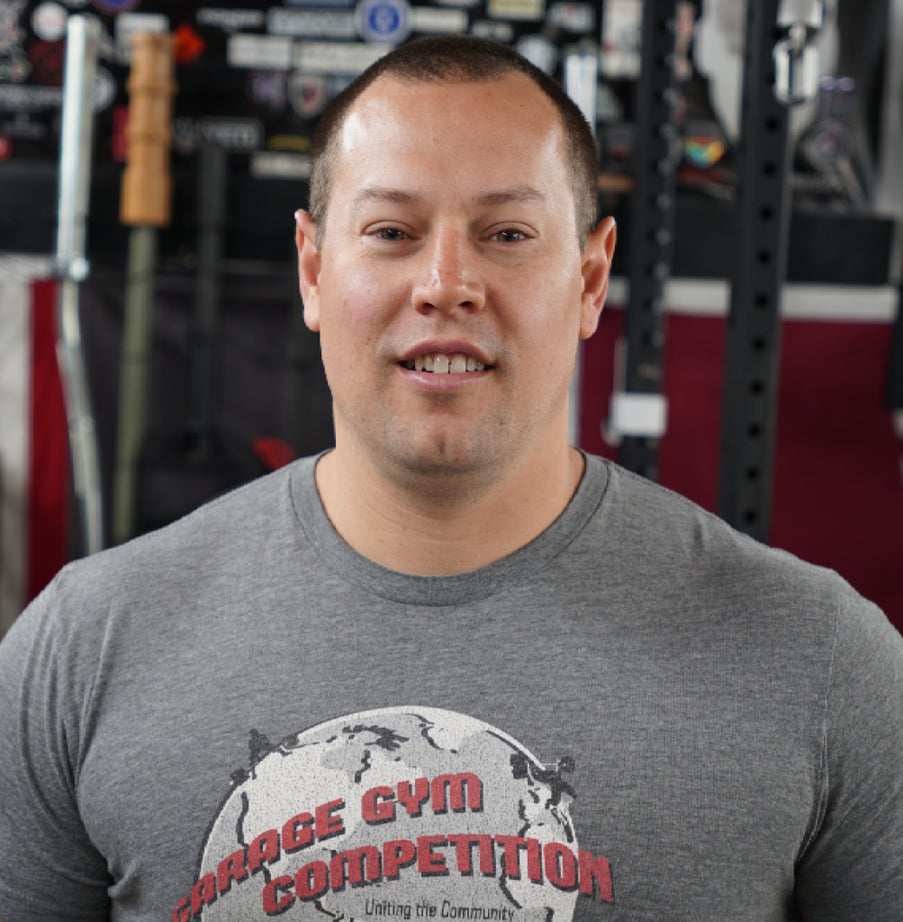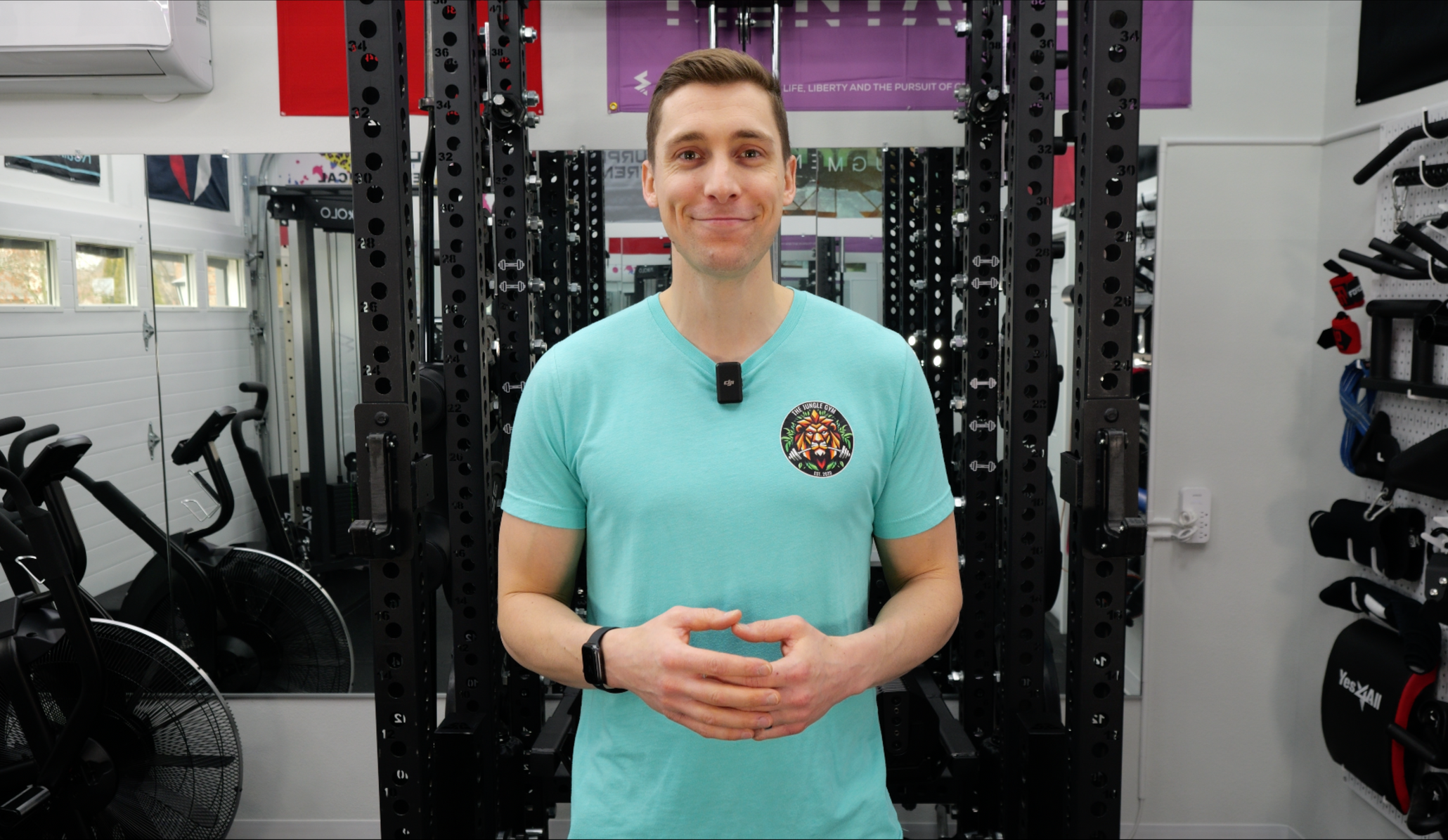PUBLISHED ON Mar, 28, 2025
4 Everyday Habits That Could Be Causing Your Back Pain
Back pain is one of the most common complaints among adults in the U.S.—and it's not just gym injuries or accidents to blame.
According to the CDC, 39% of adults* report experiencing back pain in just a 3-month period. That’s tens of millions of people dealing with daily discomfort, stiffness, or worse.
But here's the thing: back pain isn't always caused by one big event. More often than not, it's the little things you do (or don’t do) every single day that slowly stack up.
Let’s break down 4 of the most common habits that could be contributing to your back pain—and what you can start doing about them today.
1. Sitting Too Much

Have you ever felt like you have the back of someone much older than you? For most people, this is the main reason why they experience that.
Spending long hours at a desk or on the couch tightens your hip flexors, weakens your glutes, and shuts down your posterior chain. Over time, this leads to low back pain and stiffness that won’t seem to go away, even if you stretch.
What helps:
Movements like Reverse Hypers, Hip Thrusts, Back Extensions, and Couch Stretch on the Hyper Pro help wake up dormant glutes and strengthen the muscles that support your spine.
2. Weak Core & Lower Back
A strong core isn’t just about having abs, it’s about stability. When the muscles around your spine are weak, your body loses its natural bracing system, which puts unnecessary stress on your low back during everyday tasks like walking, carrying groceries, or even standing.
What helps:
Movements like GHD Sit-ups, 90° Back Extensions, and Sorensen Holds on the Hyper Pro strengthen deep spinal stabilizers and help your back do its job without pain.
3. Not Training Your Spine the Way It Was Built to Move
Your spine was designed to bend forward, backward, sideways, and rotate—but most people don’t train those movements. Whether you're stuck in repetitive movement patterns (like sitting and walking) or avoiding movement altogether, the result is the same: the muscles that support your spine get weaker and more protective, leading to tightness and discomfort.
Progressively training your spine through these natural motions at a pain-free level helps restore mobility, build strength, and rebuild your body's confidence to move freely.
What helps:
The Hyper Pro gives you everything you need to restore movement variety and strength. Movements like QL Raises (for lateral flexion), Back Extensions (for extension), Russian Twists (for rotation), and GHD Sit-ups (for flexion) allow you to safely train your spine through its full range—without risking overload.
4. Muscle Imbalances (Especially Weak Glutes & Hamstrings)
When your glutes and hamstrings are weak, your quads take over—and your low back pays the price. This kind of imbalance is super common in people who sit a lot or focus only on squats and deadlifts.
What helps:
Use the Hyper Pro to strengthen the full posterior chain. Nordic Curls, Hamstring Curls, Hip Thrusts, and Trap-3 Raises help rebalance your body to handle the demands of everyday life.
Final Thoughts: Your Back Was Built to Move
Back pain isn’t just about one bad lift or a stiff mattress. It’s usually the result of under-training the muscles that protect your spine and overdoing the things that wear it down.
But the good news? You can change that.
Start training intentionally with movements that strengthen, stabilize, and restore confidence in how your back moves and feels.
The Hyper Pro is designed to do exactly that.
→ Ready to train your way out of back pain? Check out the Hyper Pro
Source*
Boersma, P., & Black, L. I. (2021). Prevalence of chronic pain and high-impact chronic pain among adults — United States, 2019. National Center for Health Statistics. Data Brief No. 415. Retrieved from https://www.cdc.gov/nchs/products/databriefs/db415.htm
Disclaimer:
This content is for informational purposes only and should not be taken as medical advice. Everyone’s body and circumstances are different. If you’re experiencing significant pain, discomfort, or believe you may be injured, consult with a licensed healthcare professional before beginning or modifying any exercise program.
